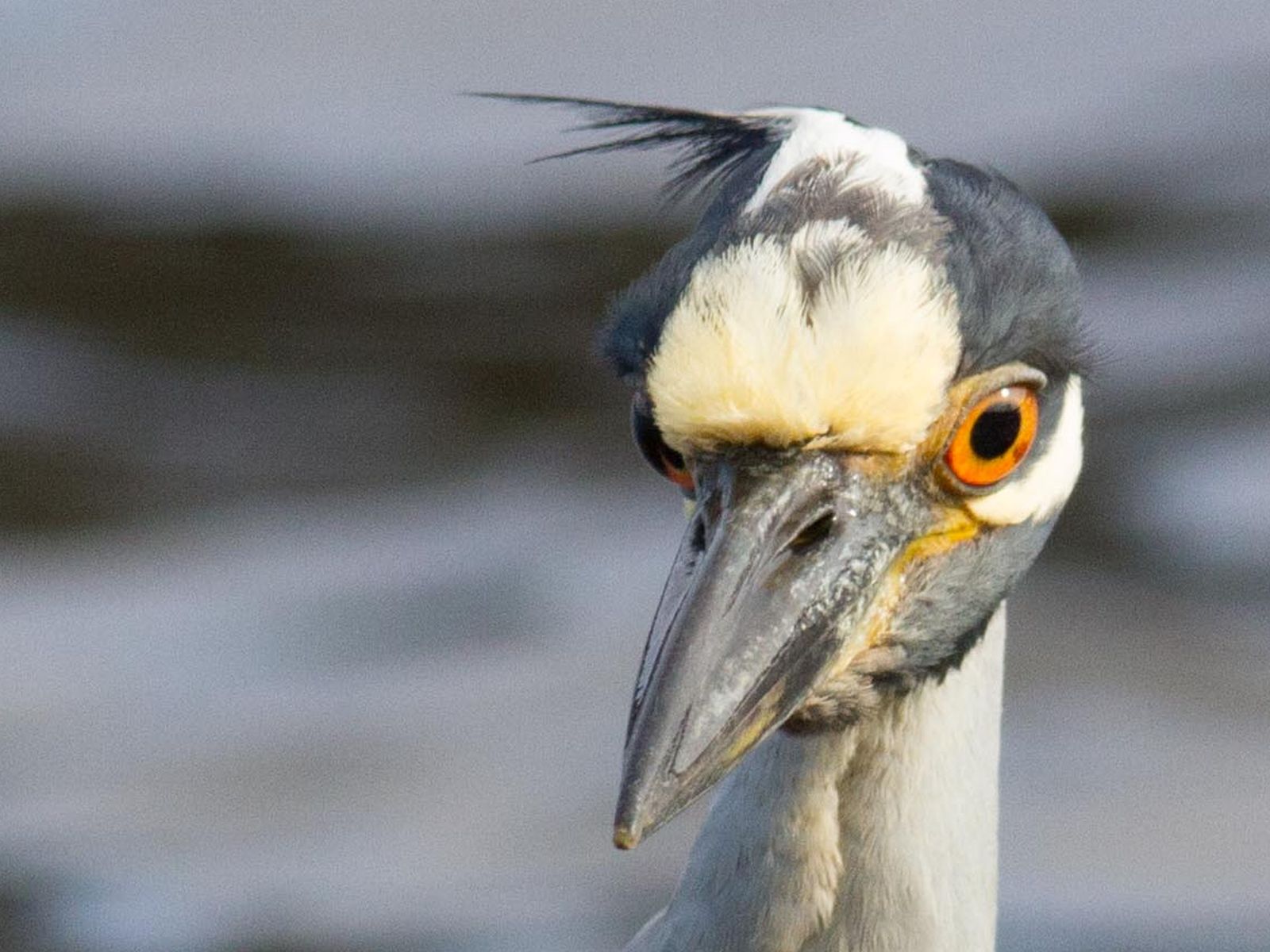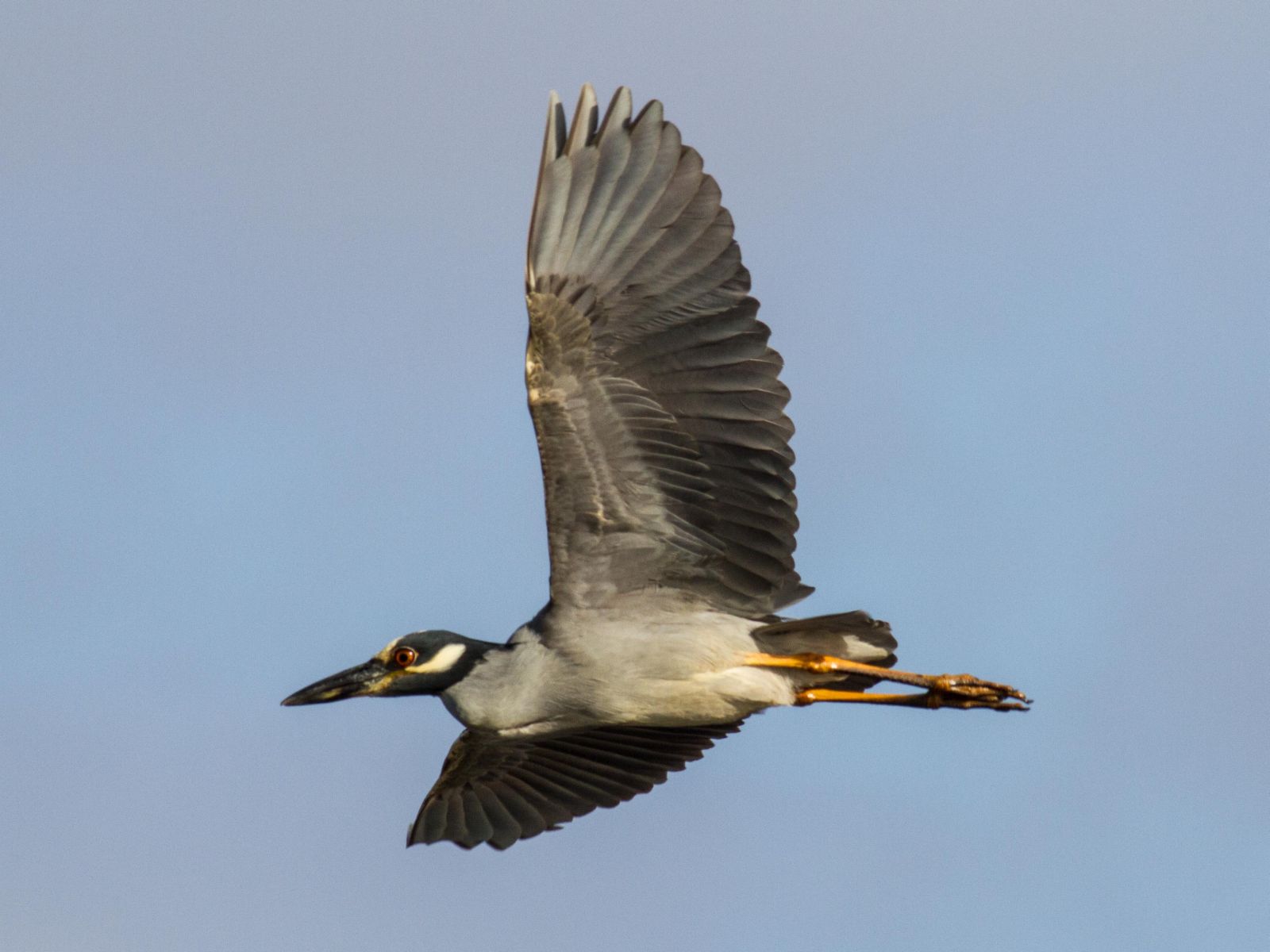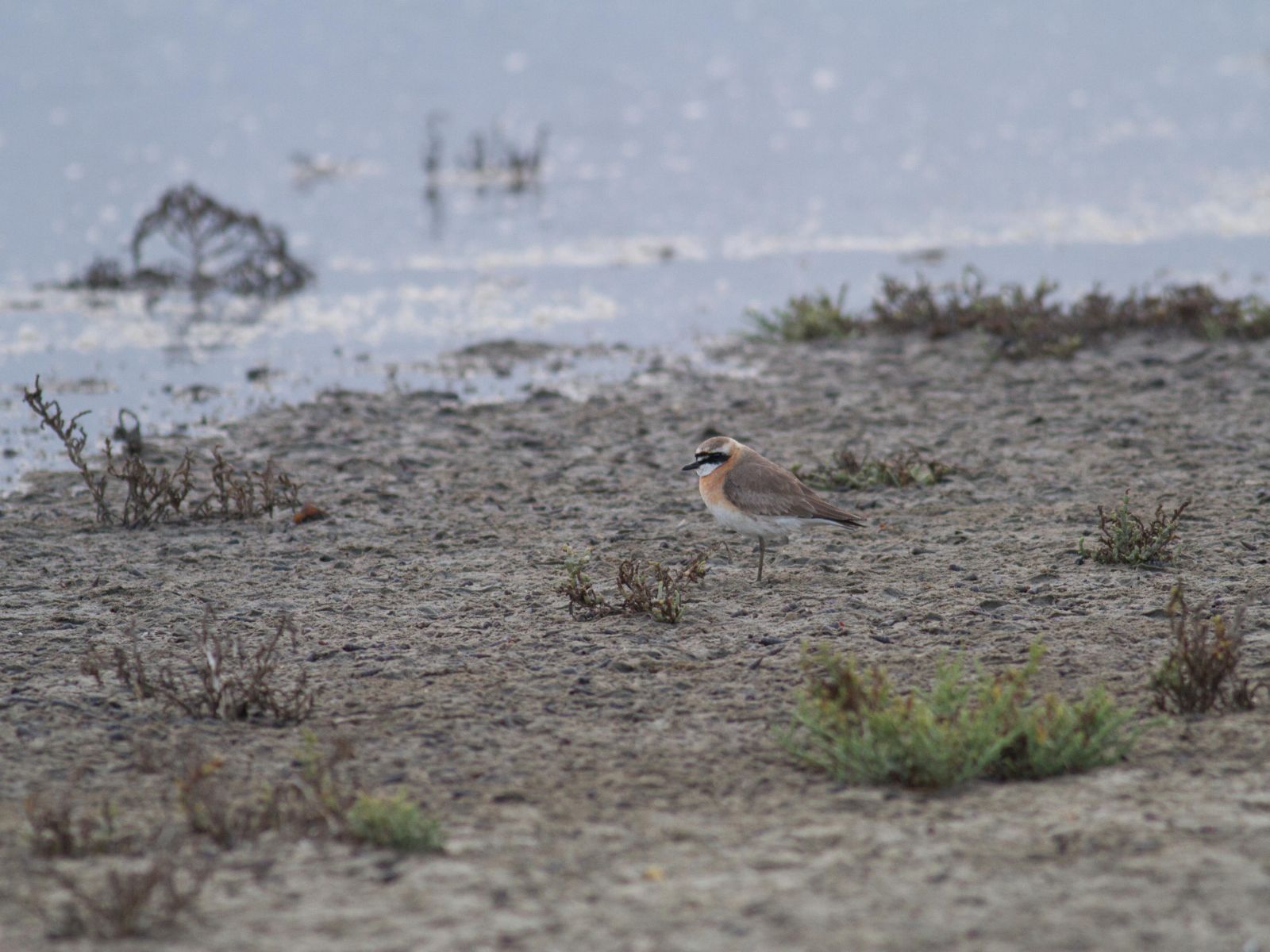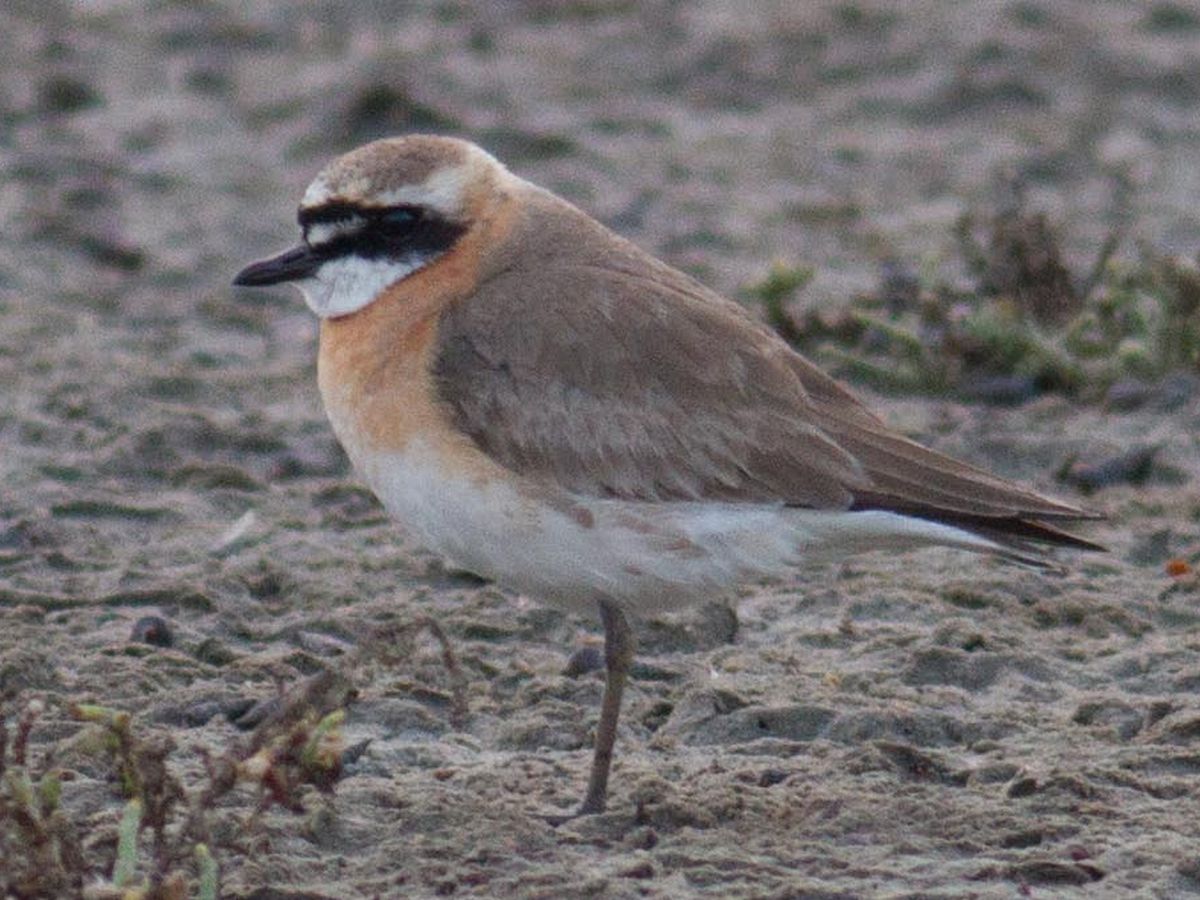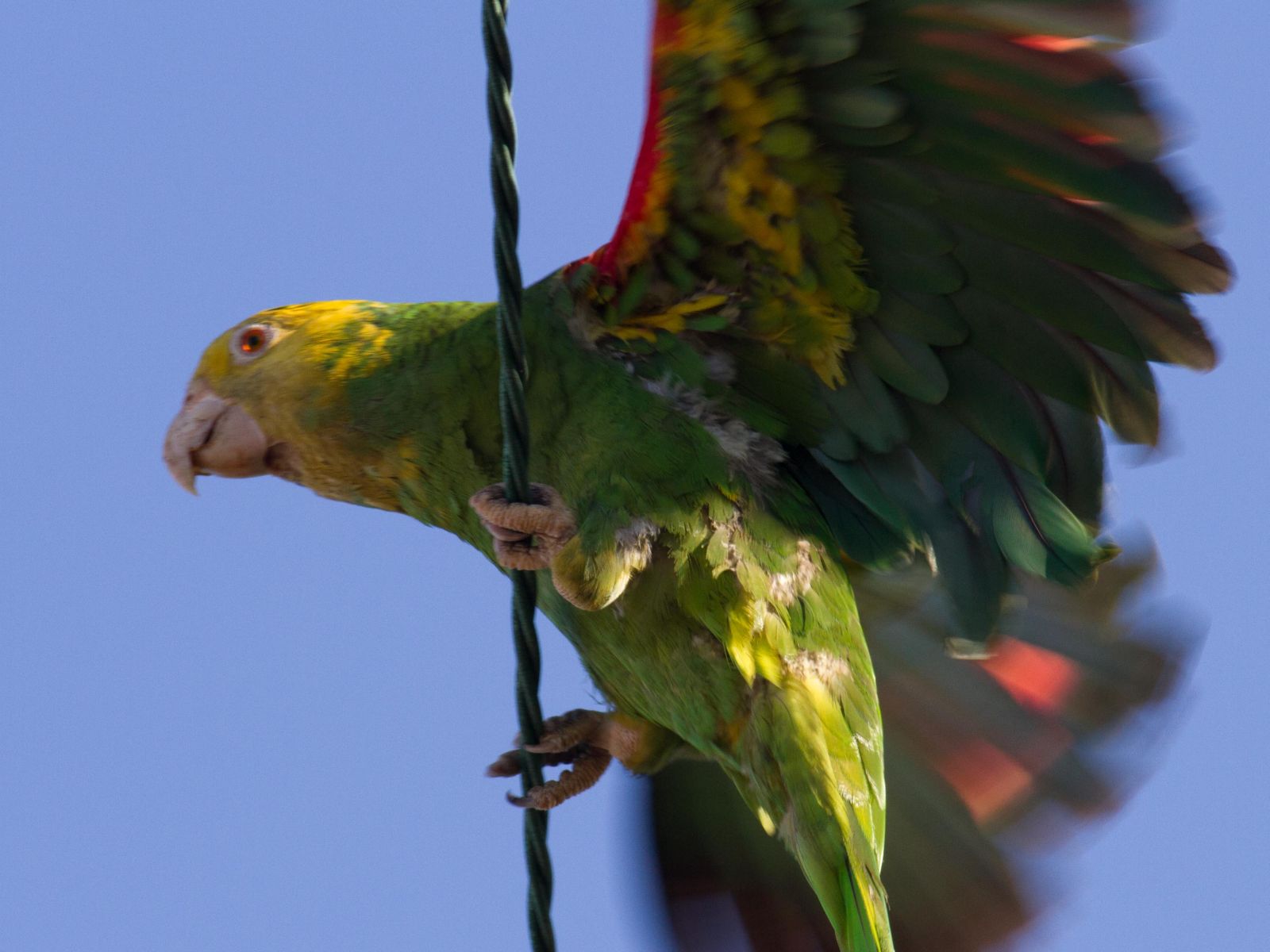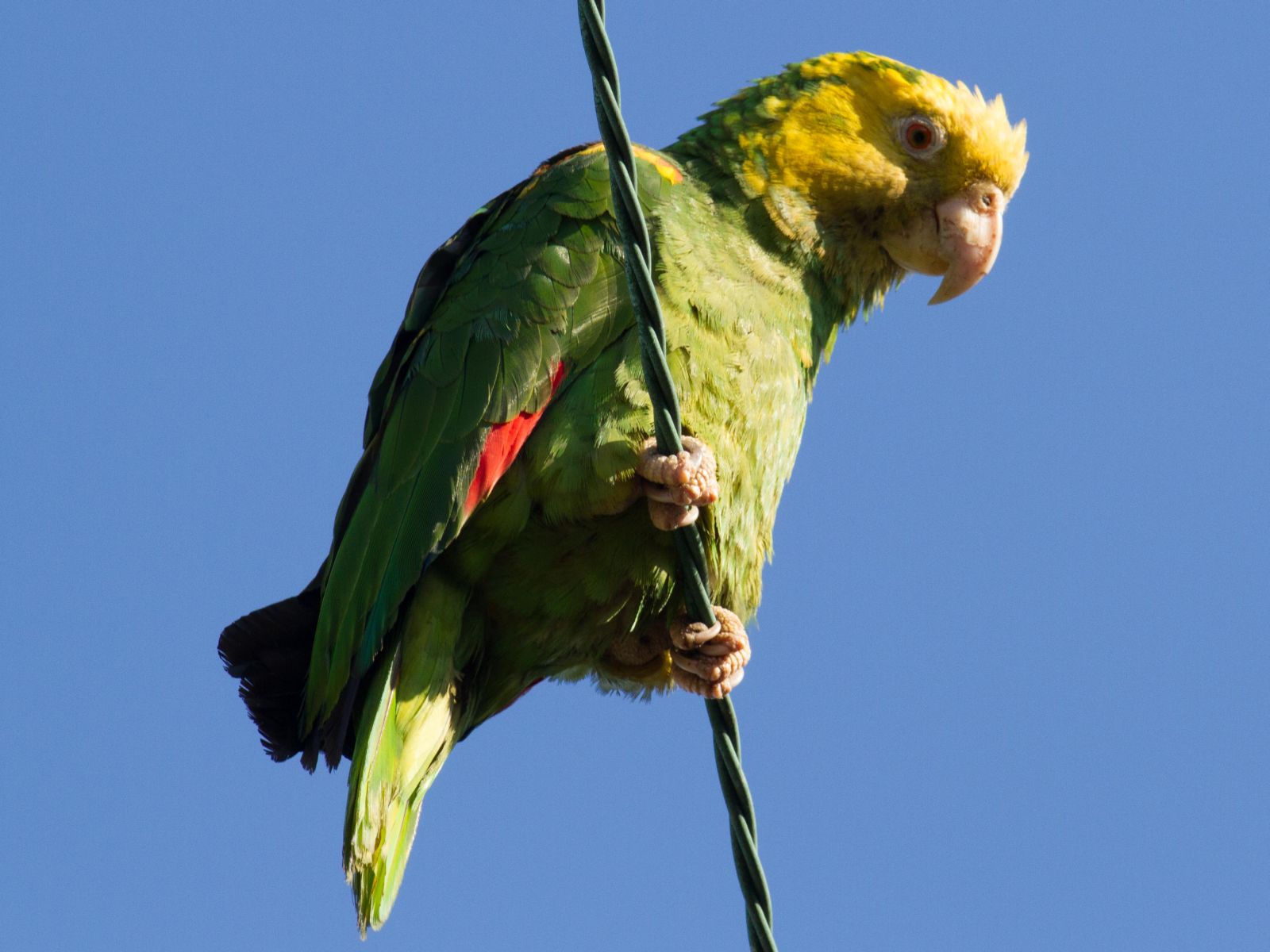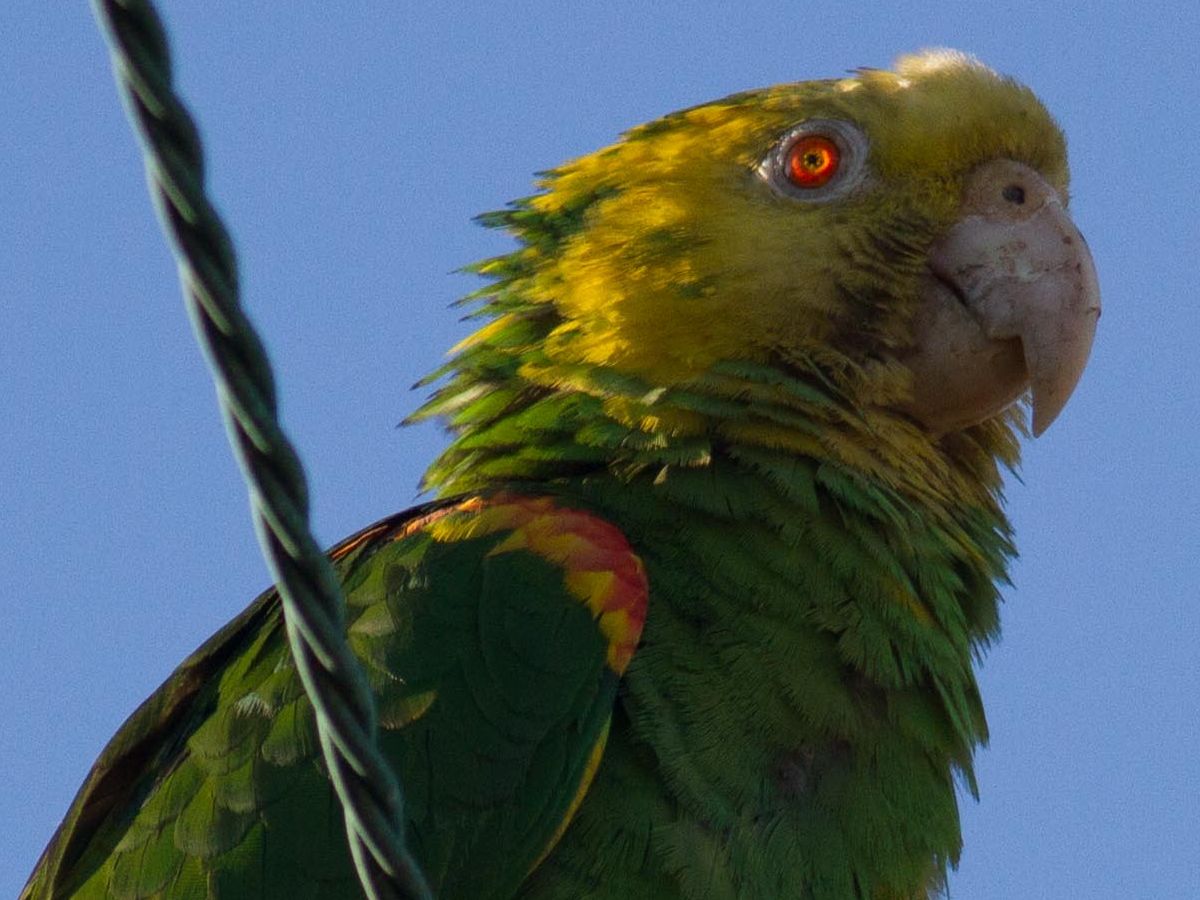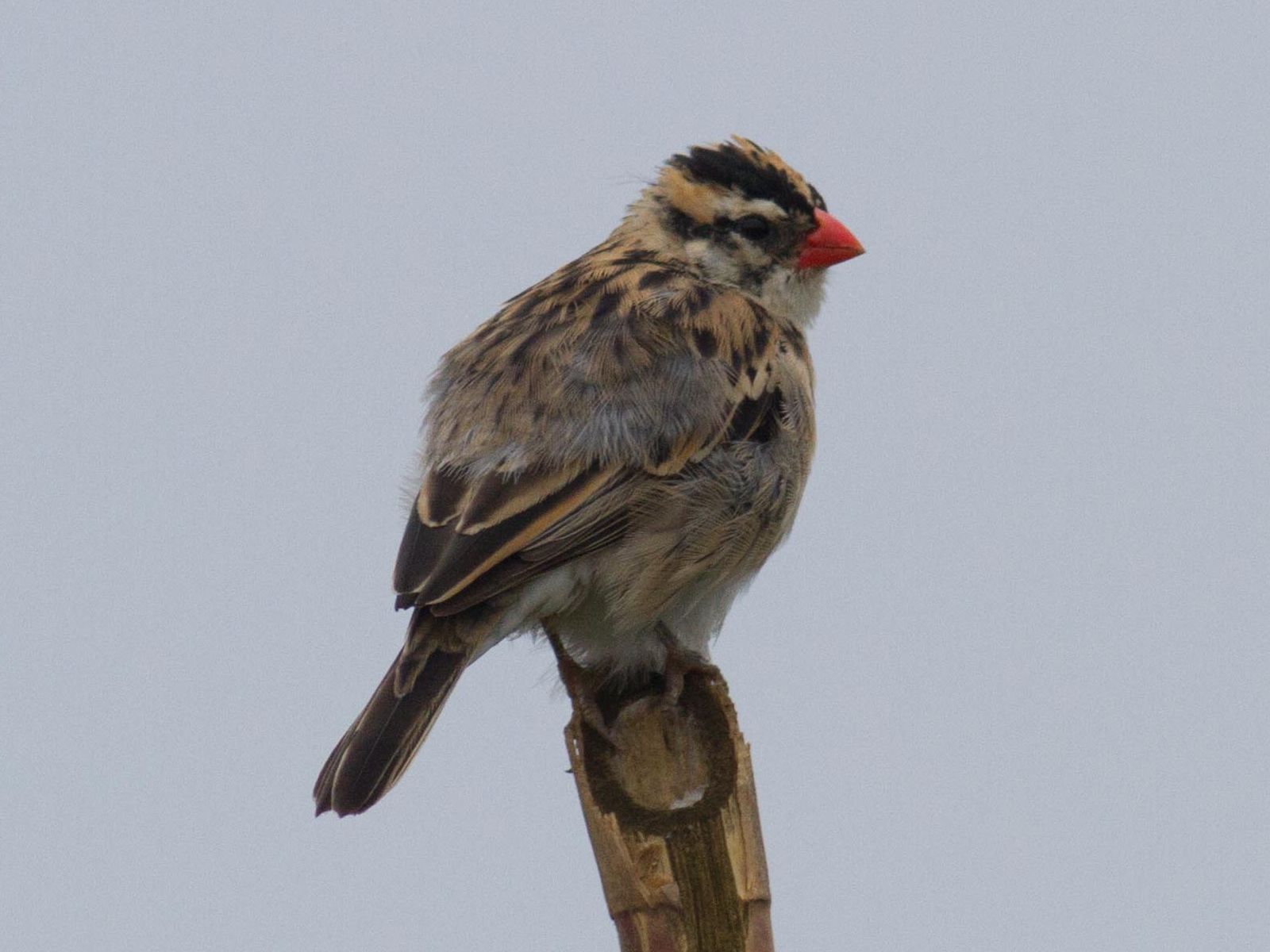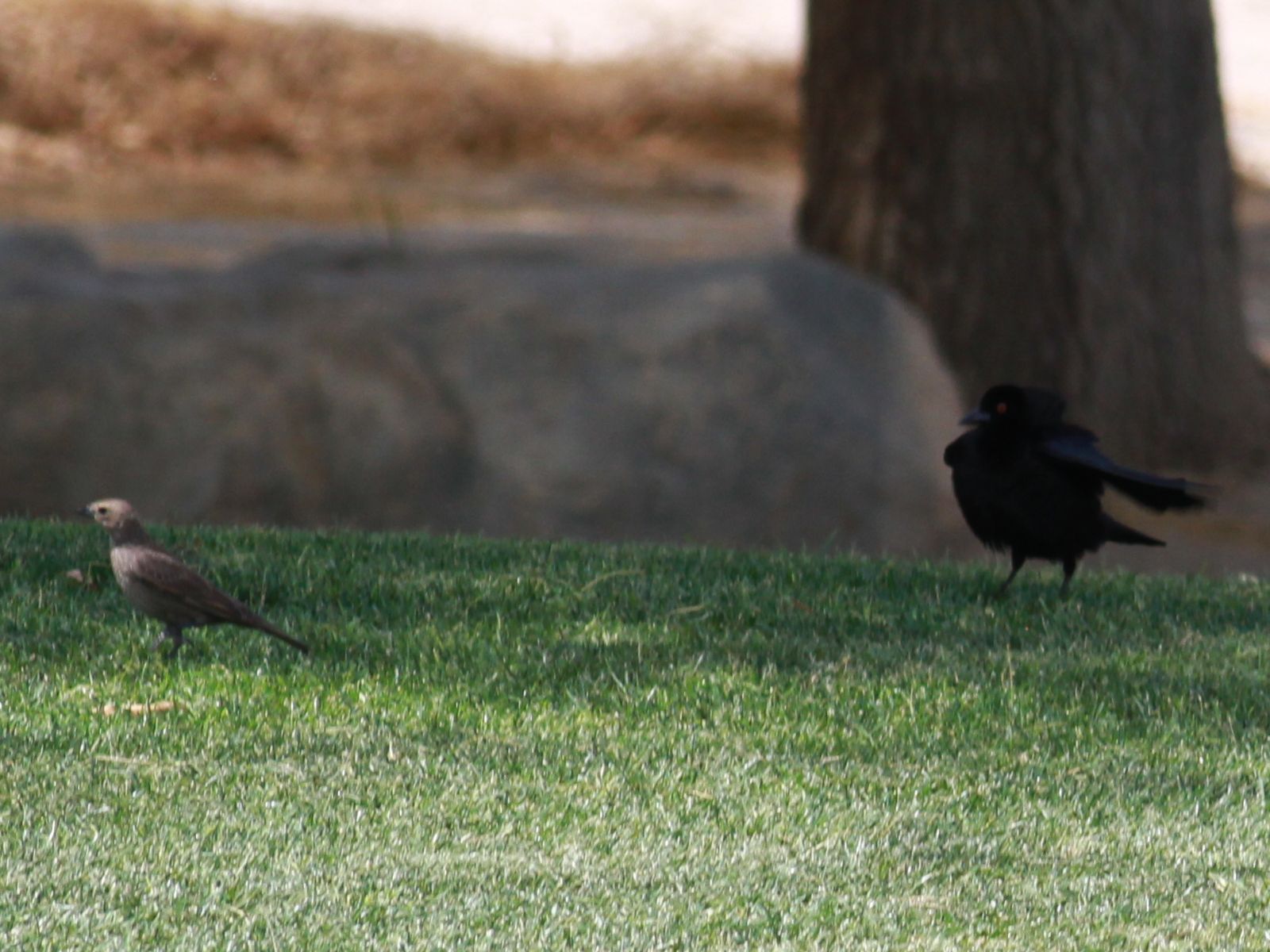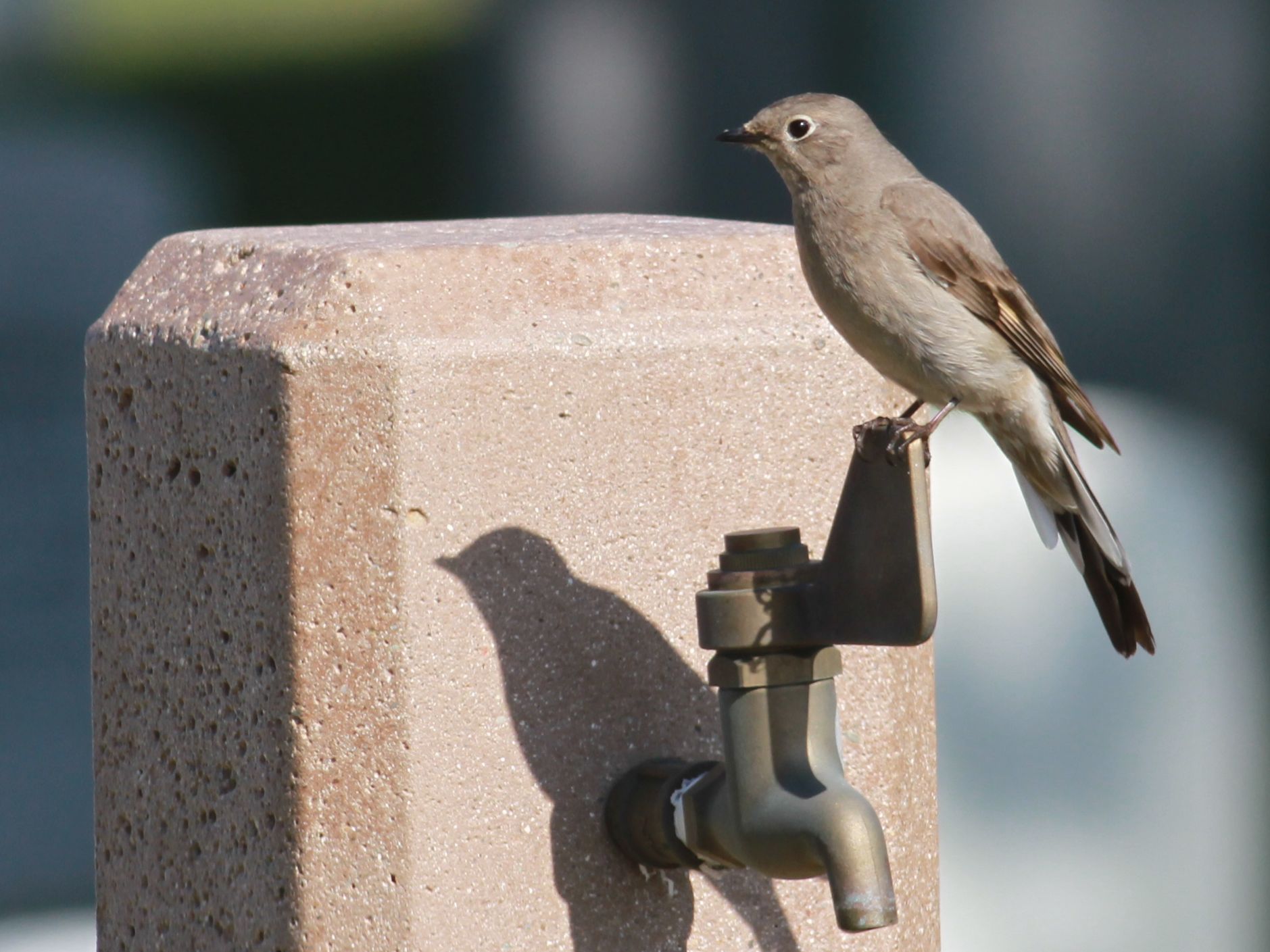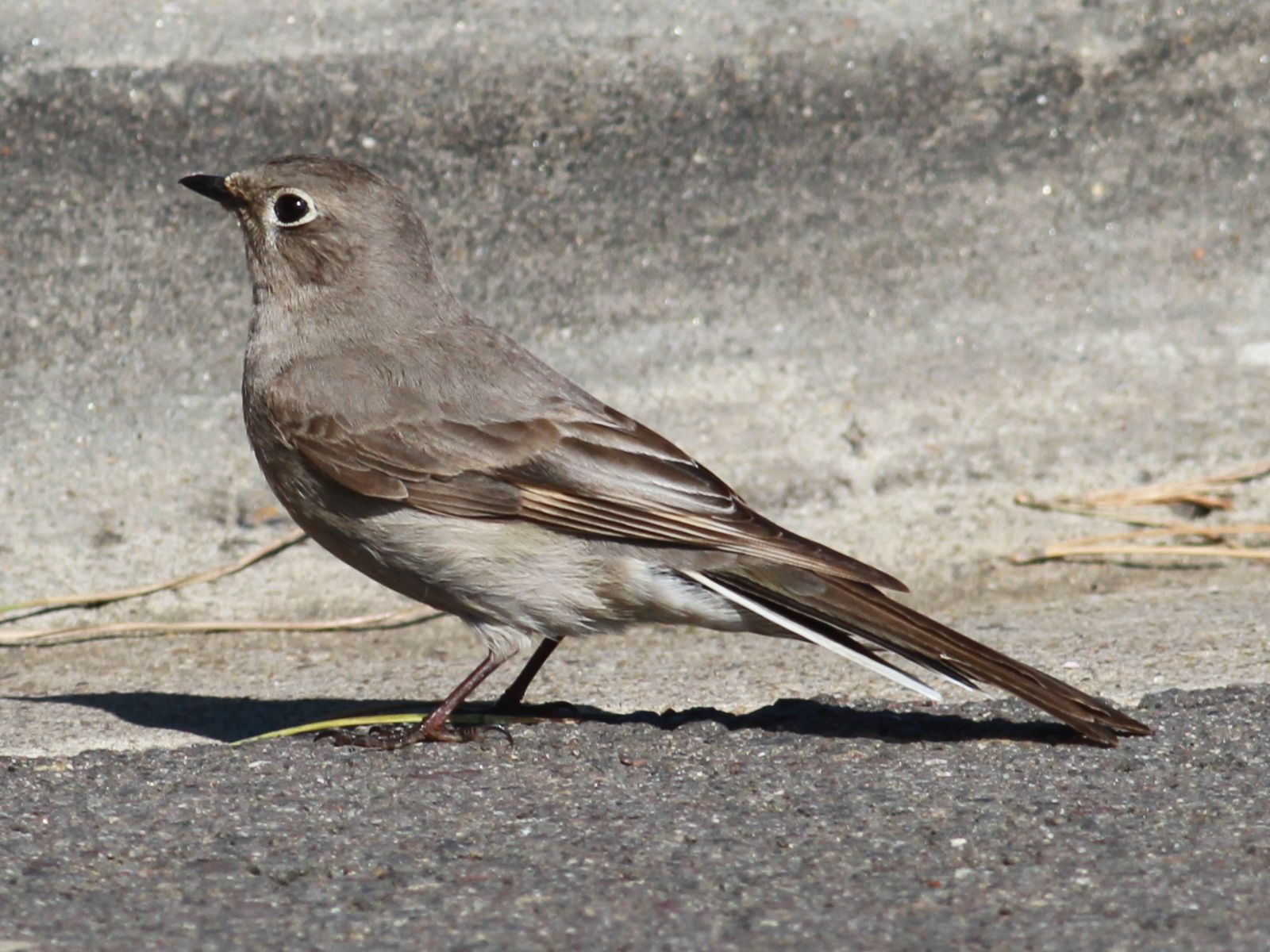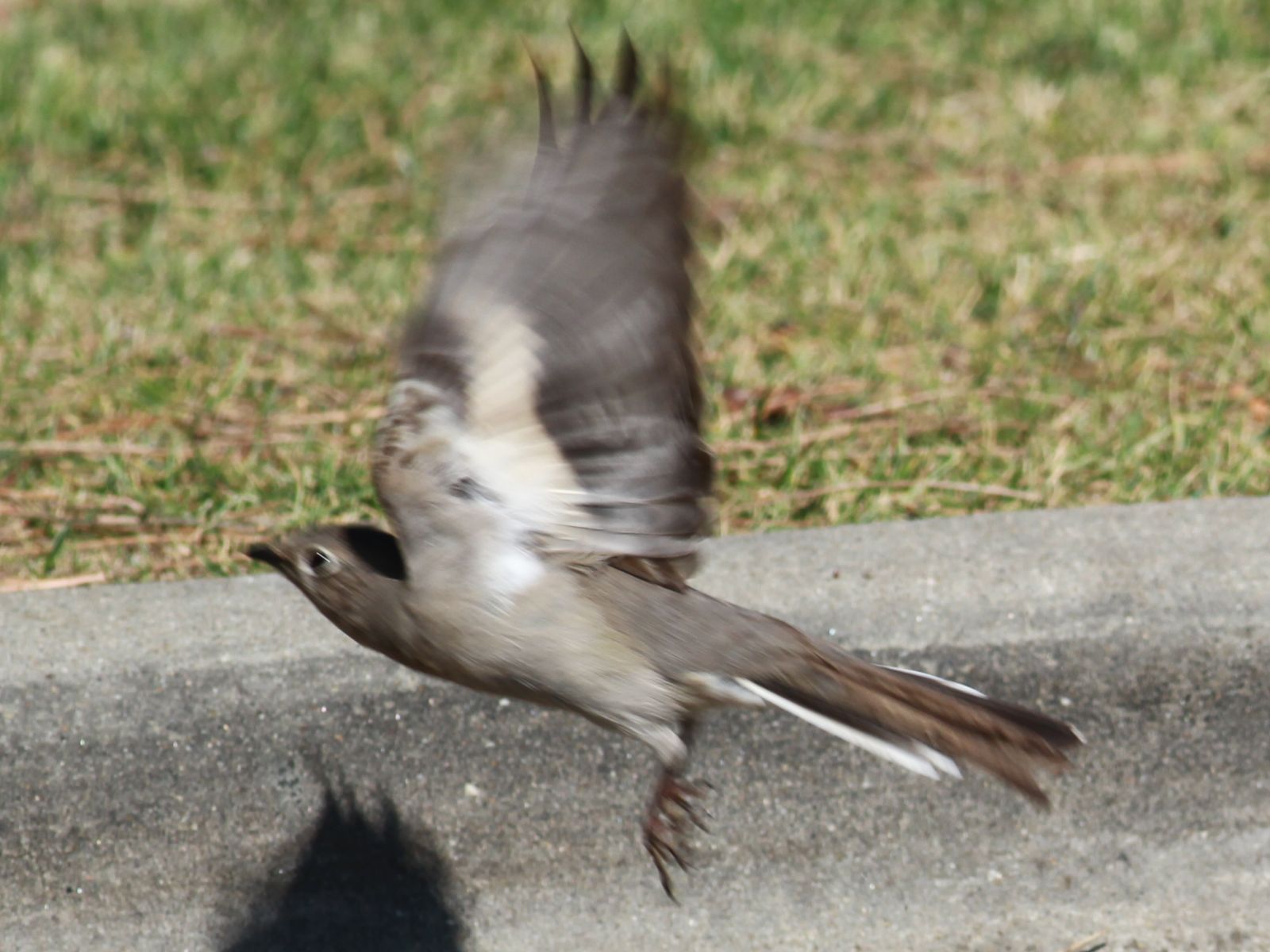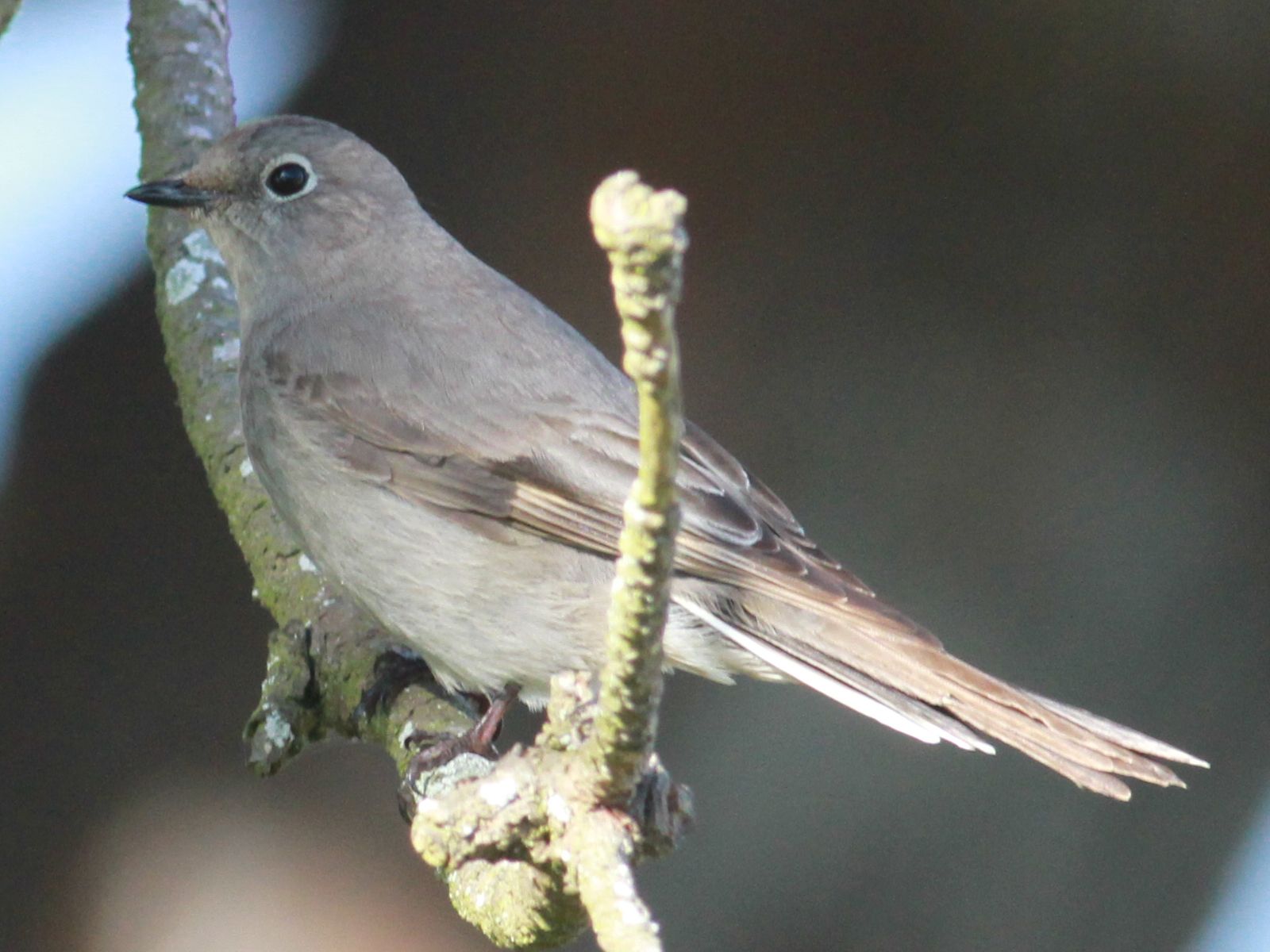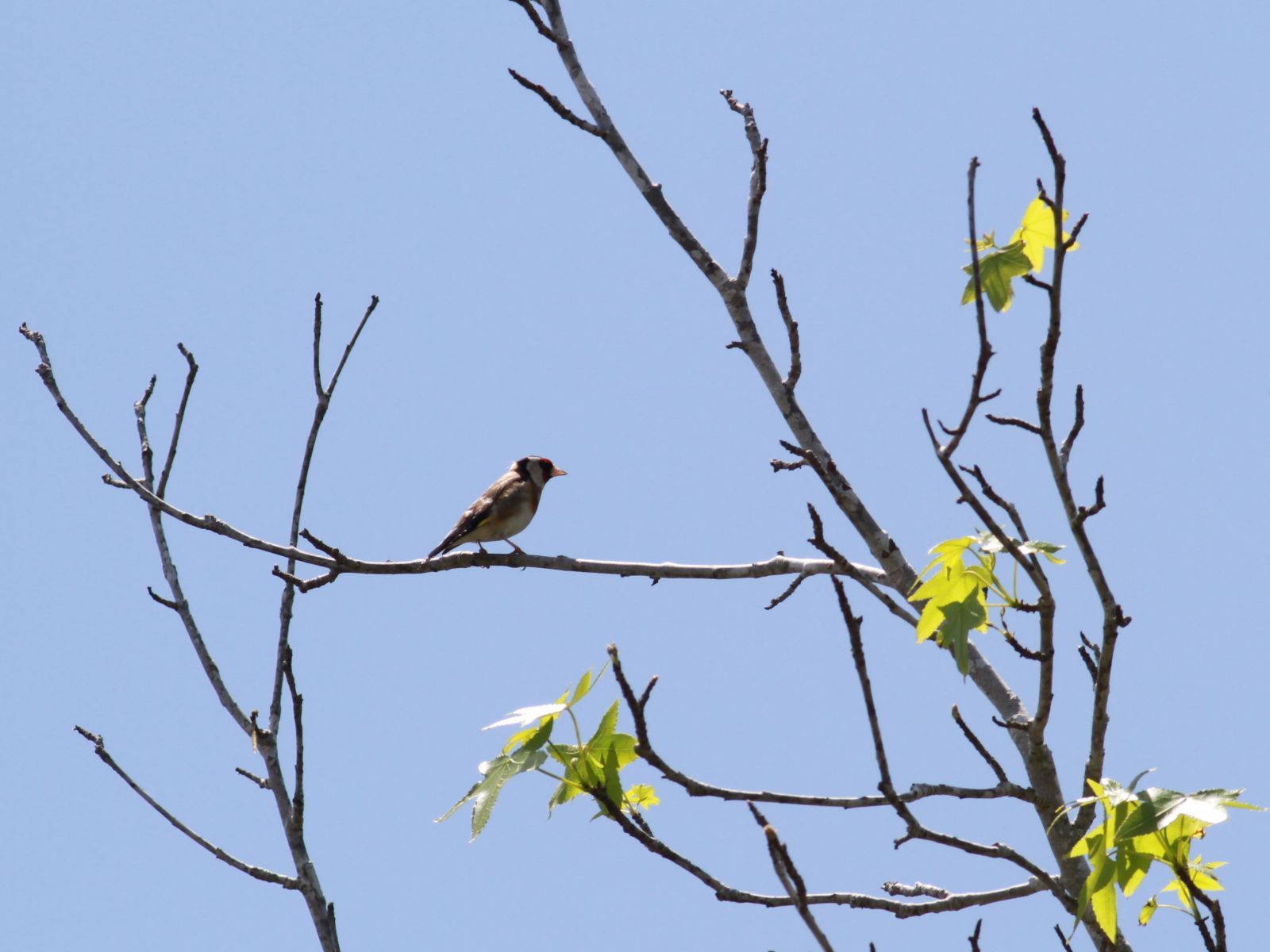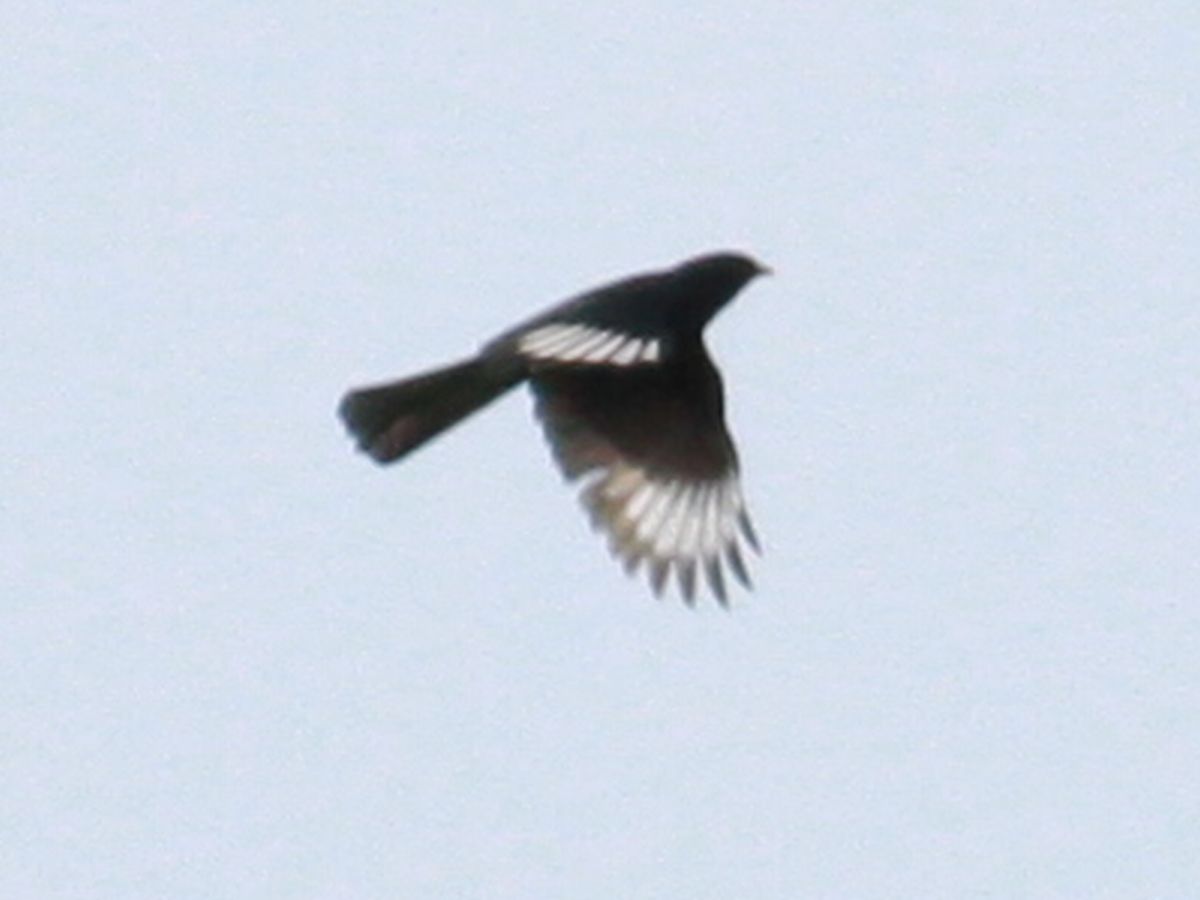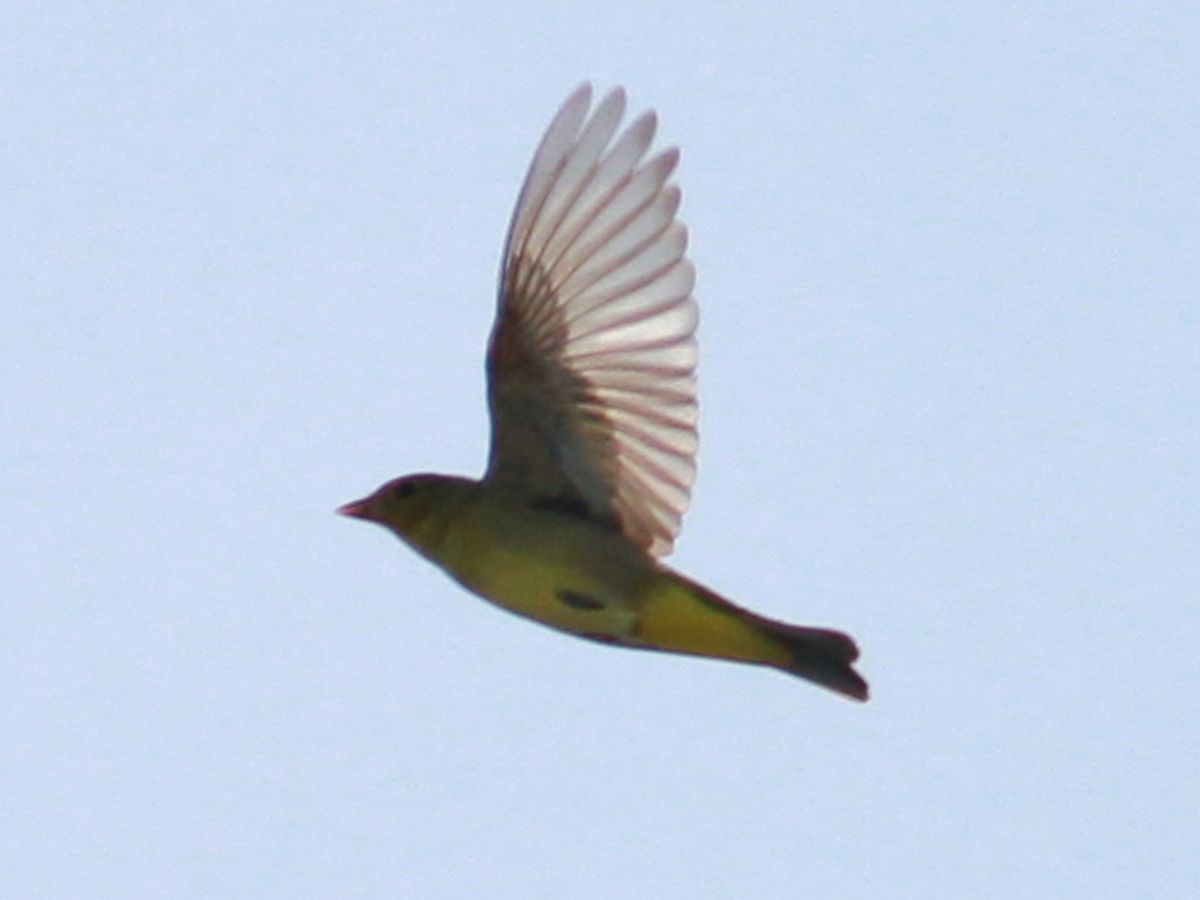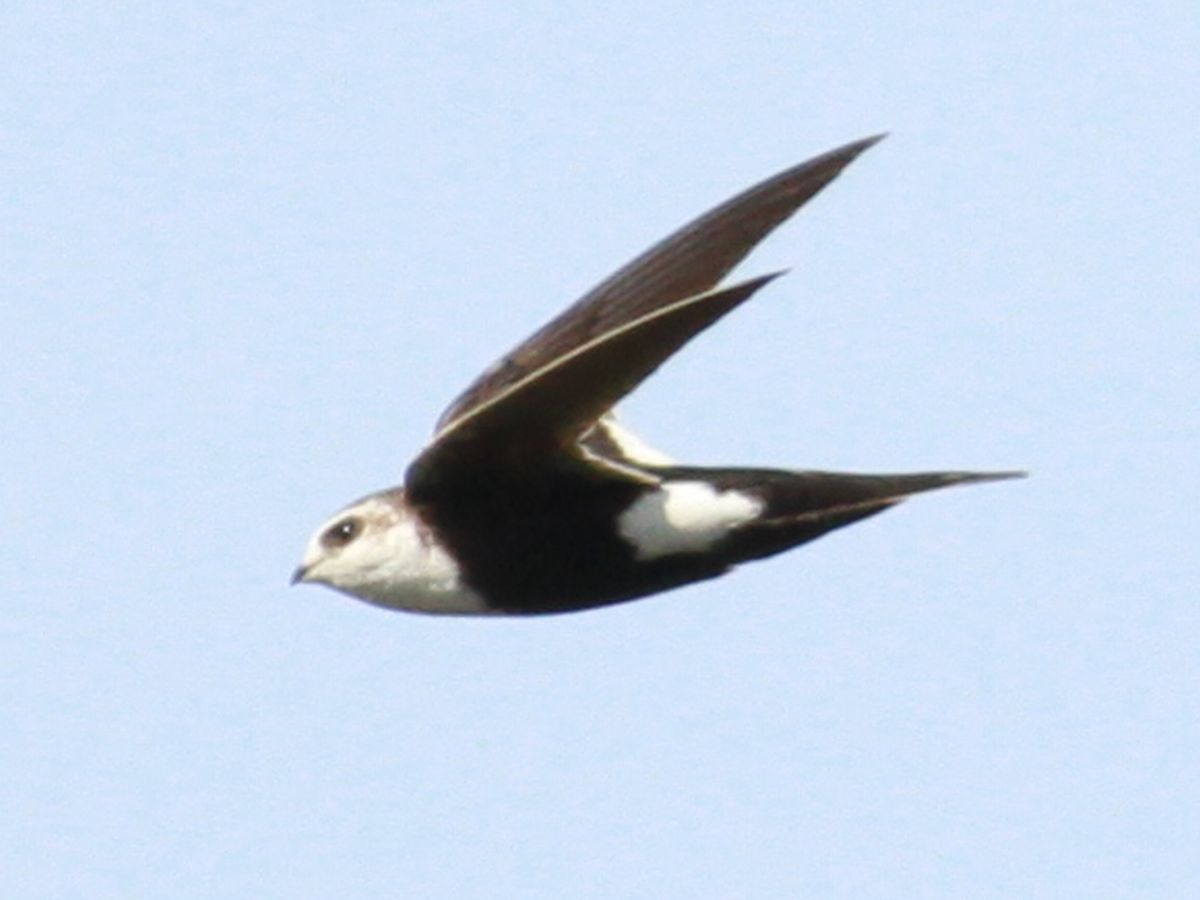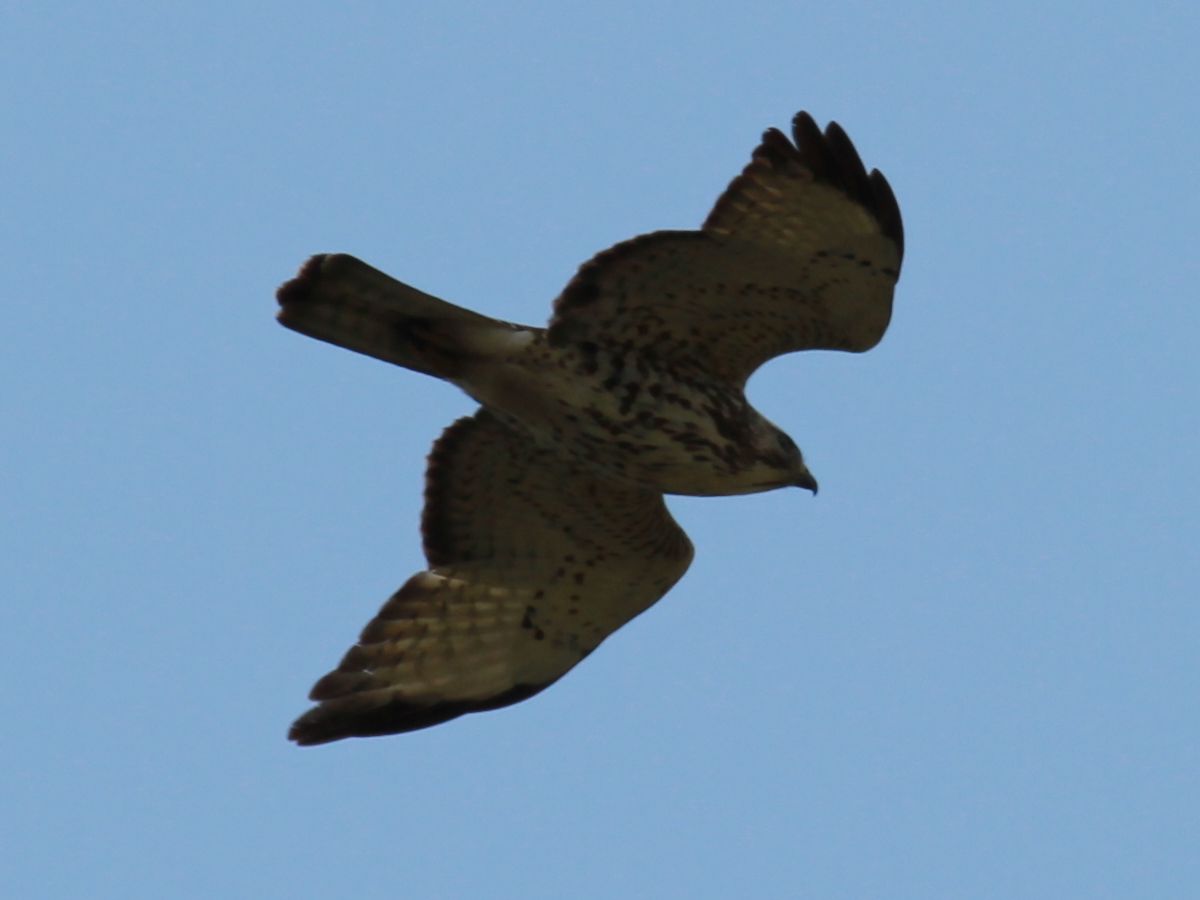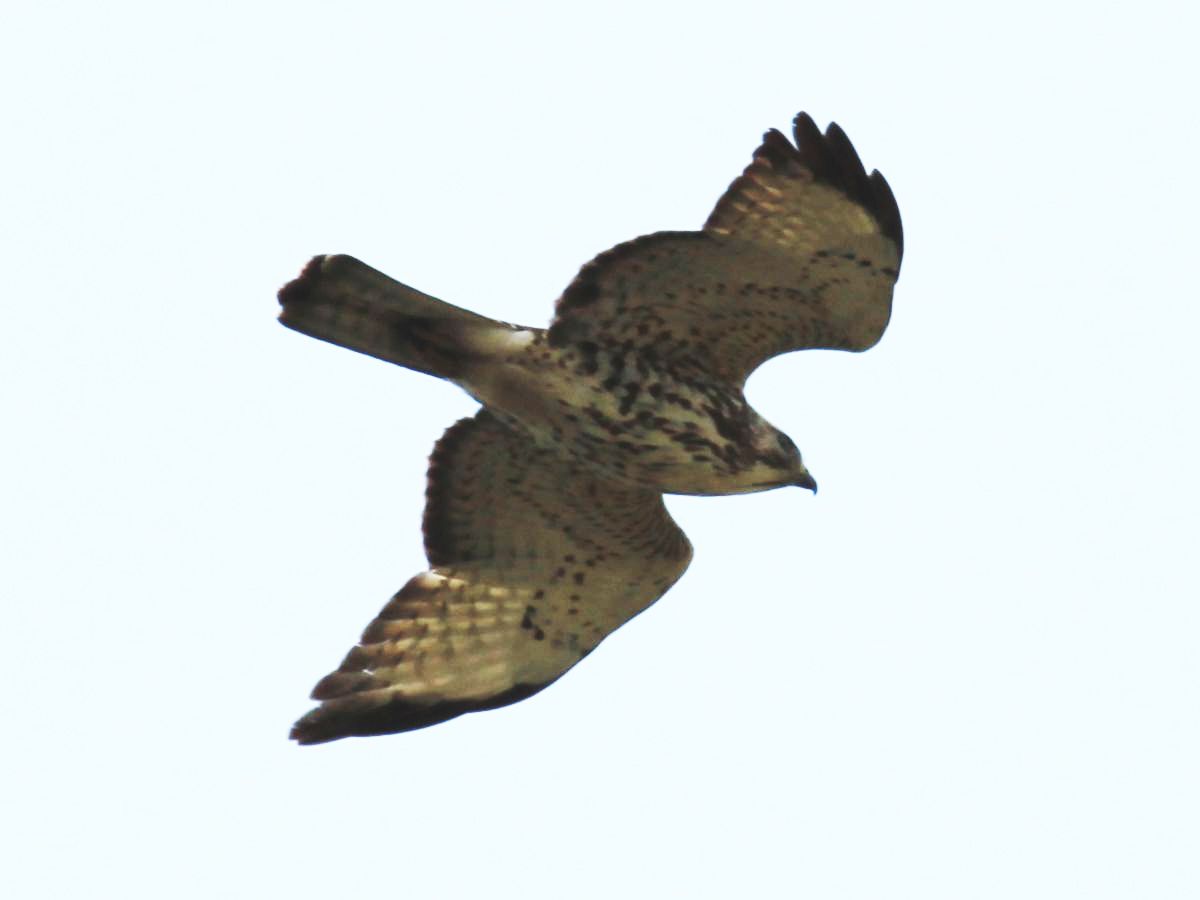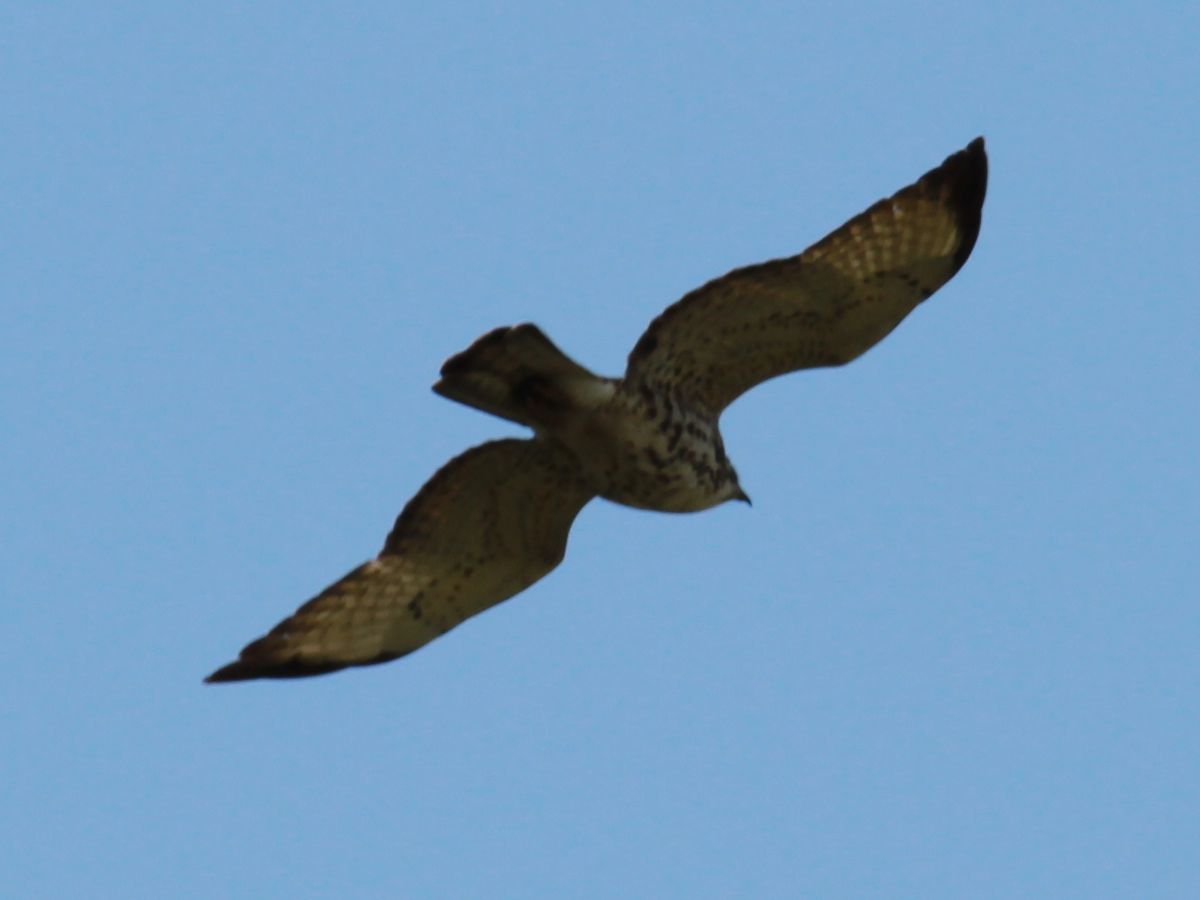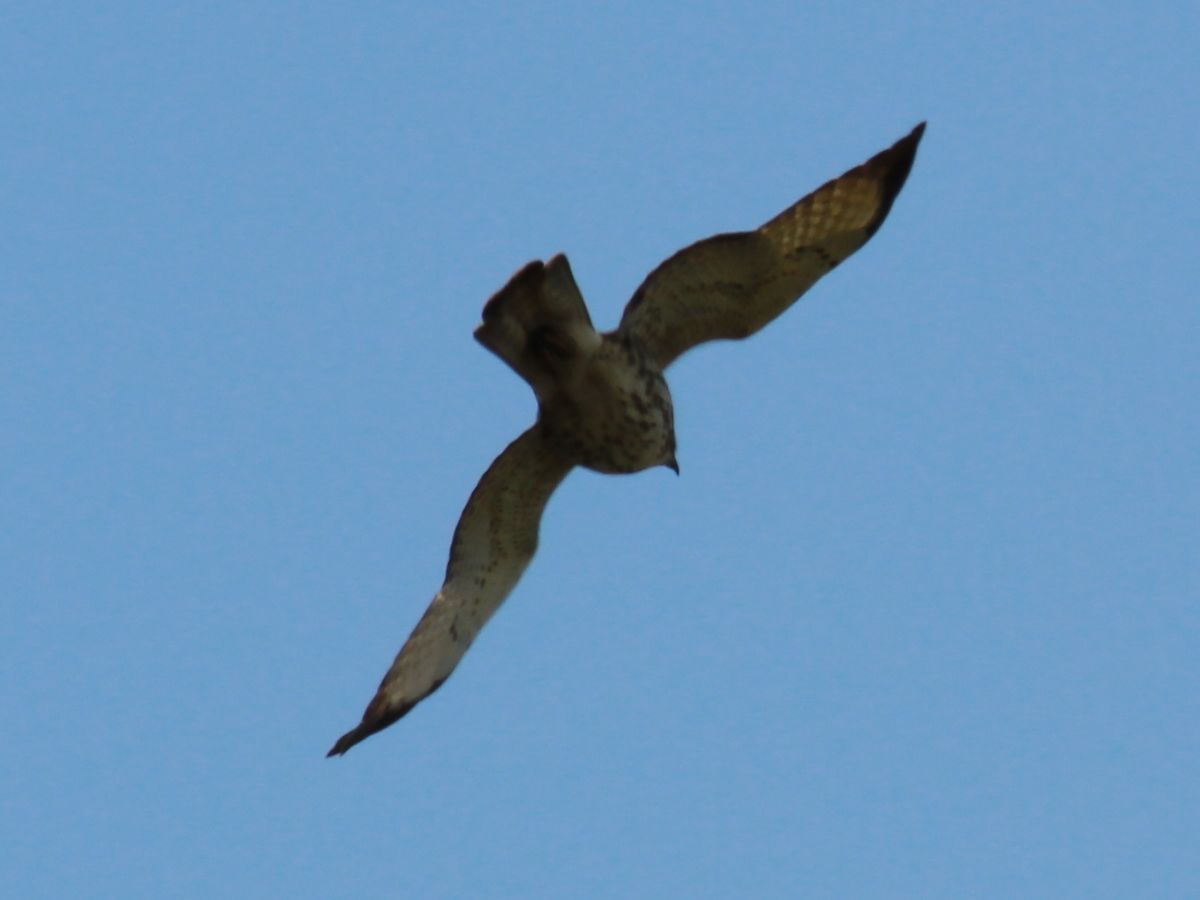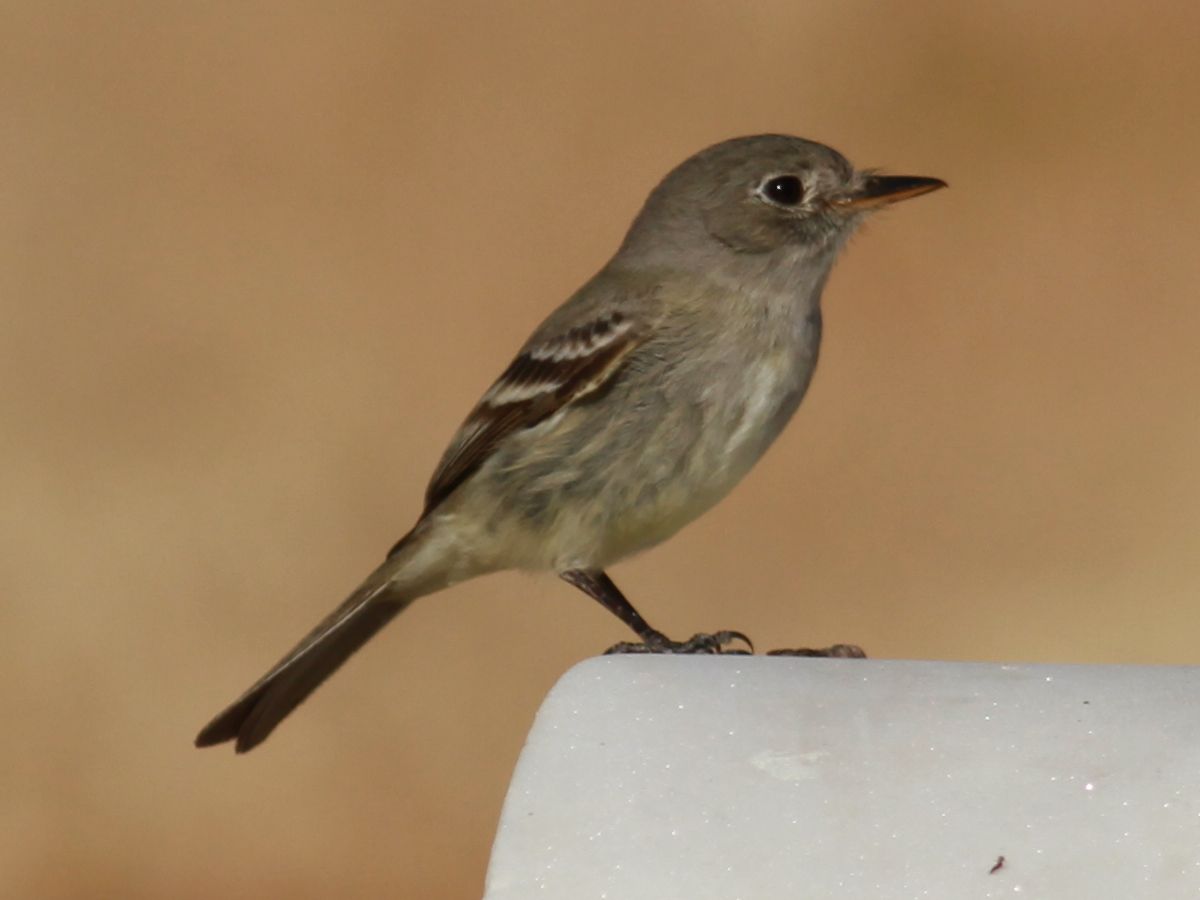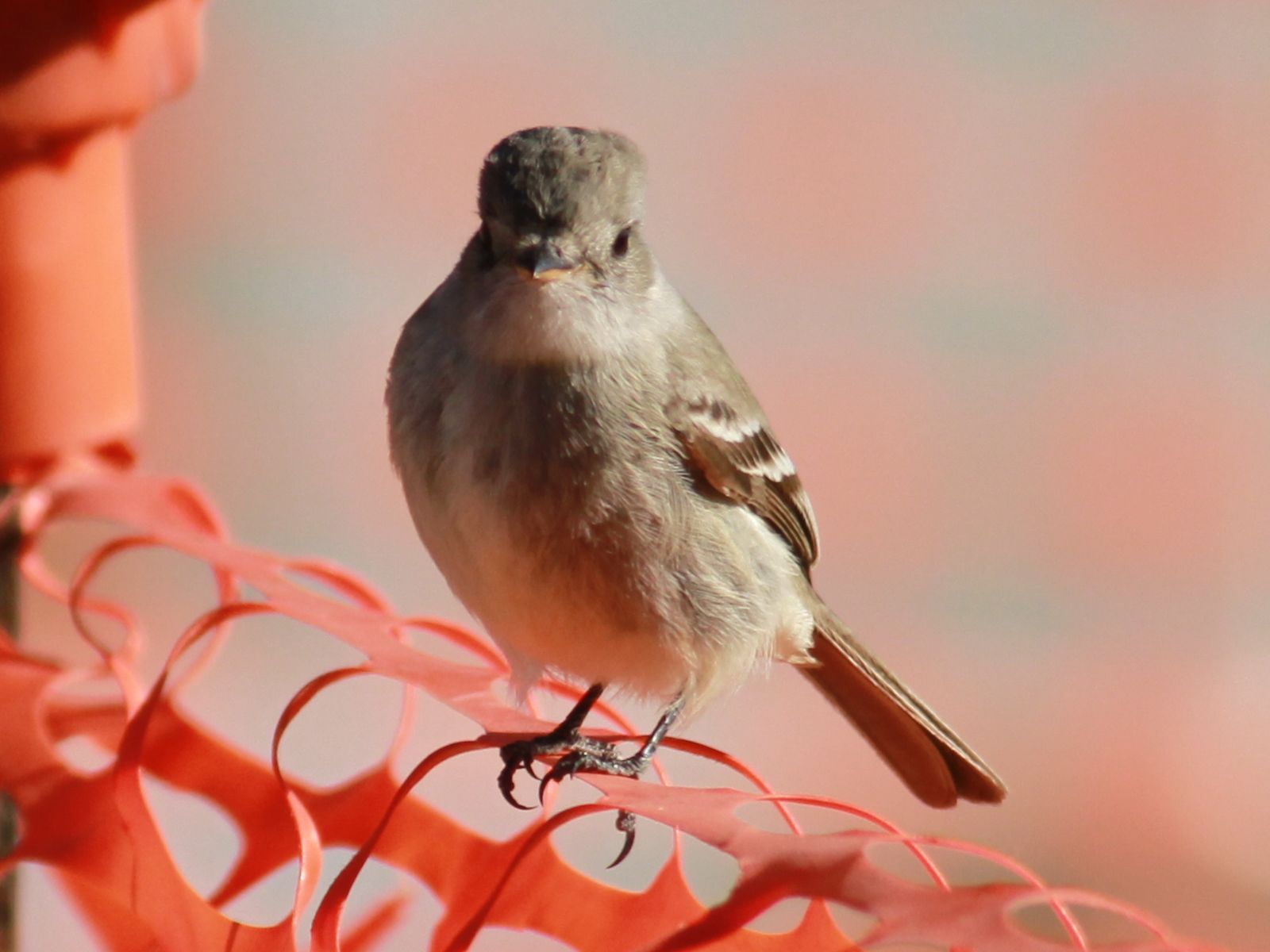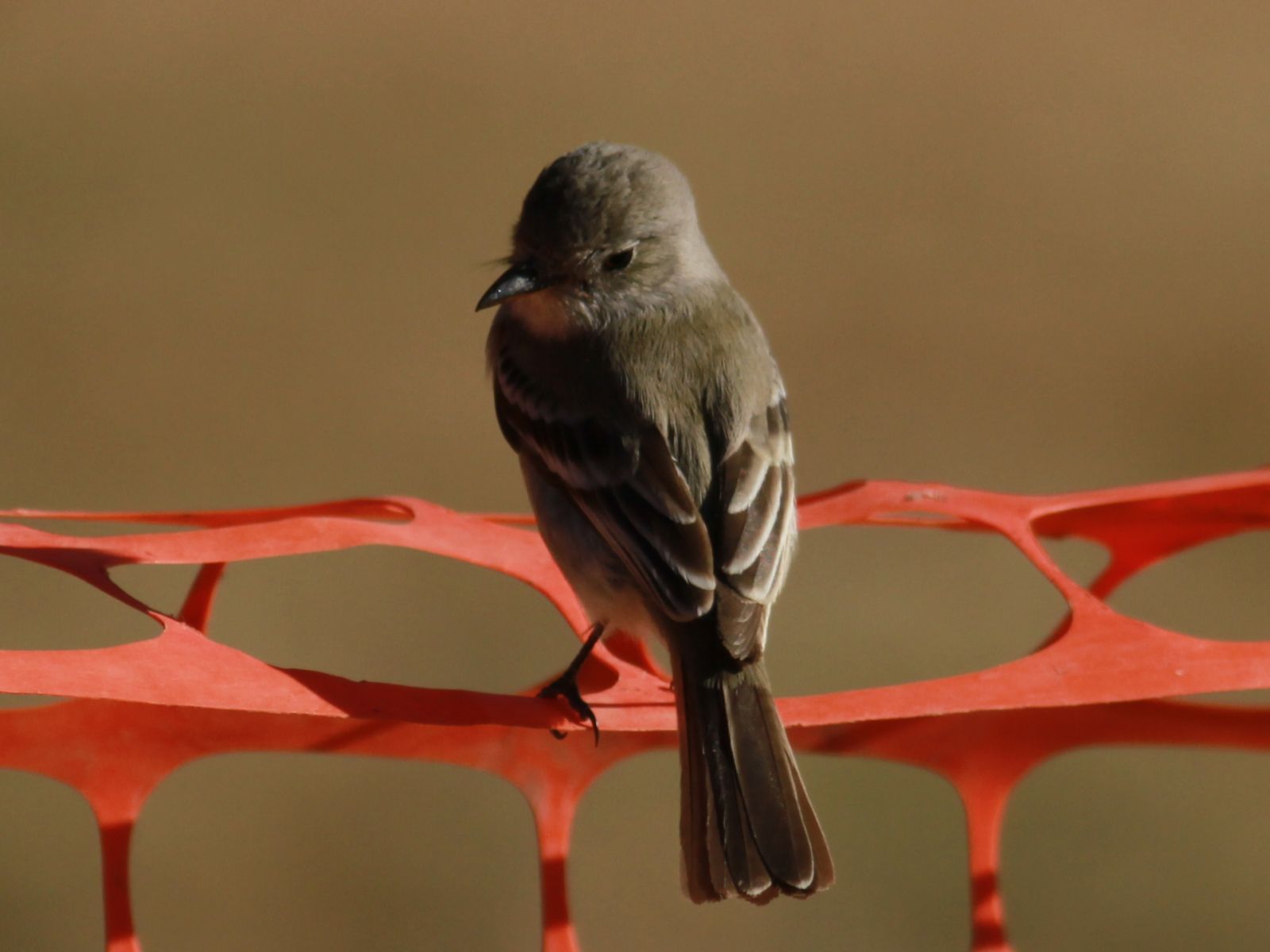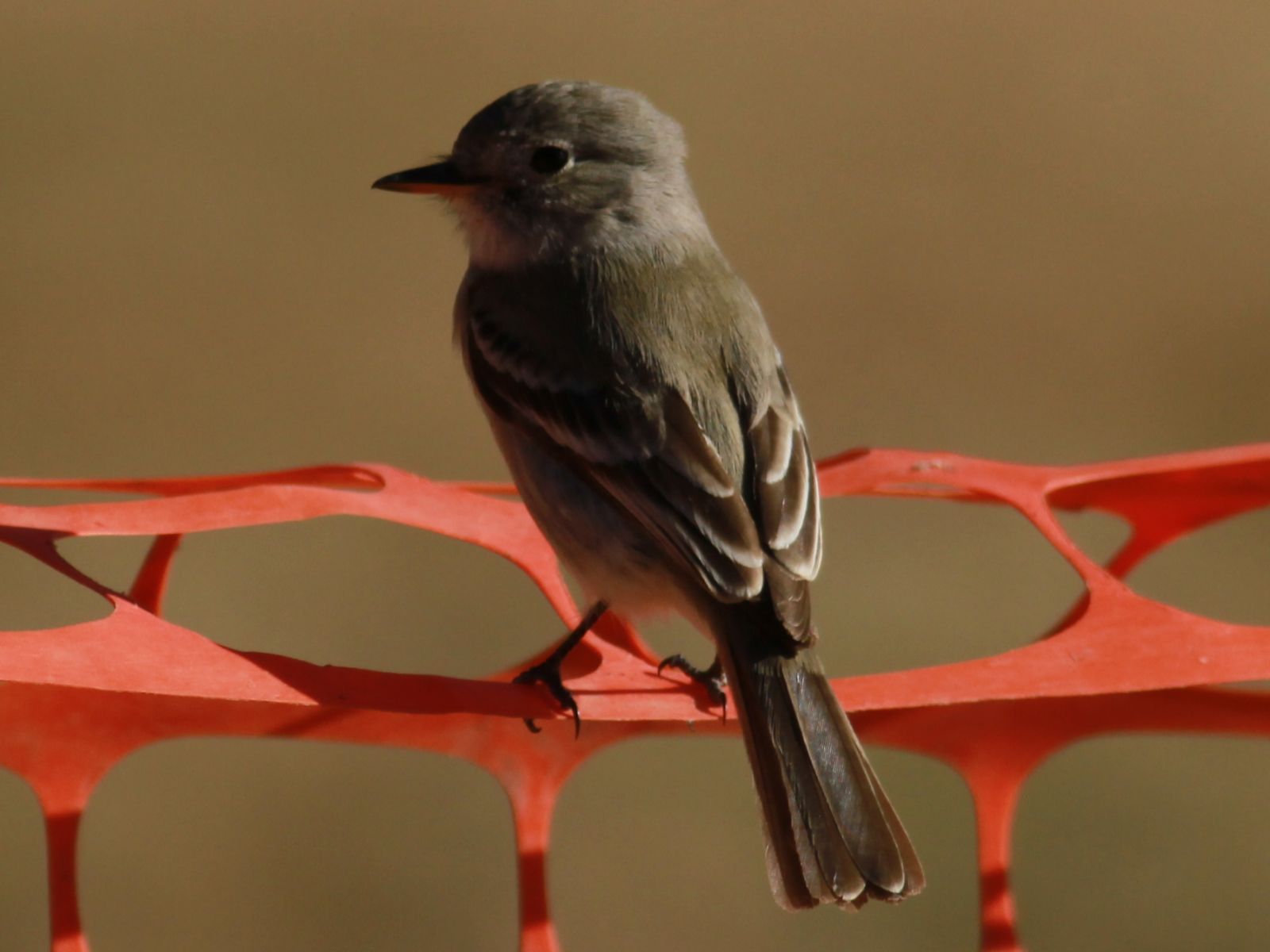[All photographs copyright, Gary Nunn 2013] – The Yellow-crowned Night-Heron Nyctanassa violacea occurs in very small numbers in San Diego County at only a few favored locations near the coast. Breeding does occur but the species remains a rare waterbird in the county. I was lucky enough to bump into this fine looking adult feeding on crabs along the San Diego River flood control channel immediately south of Seaworld. As is usual for this species, this individual was tame and sauntered right by me. In a matter of a few minutes it had captured numerous crabs and deftly swallowed them. I was quite shocked at the size of crabs it could handily gulp down! The bird then flew off directly to the east end of Seaworld where it disappeared behind larger trees. I think there is a good chance it was returning to a nest site in Seaworld to feed offspring. Always a good find and a fun species to watch in action!
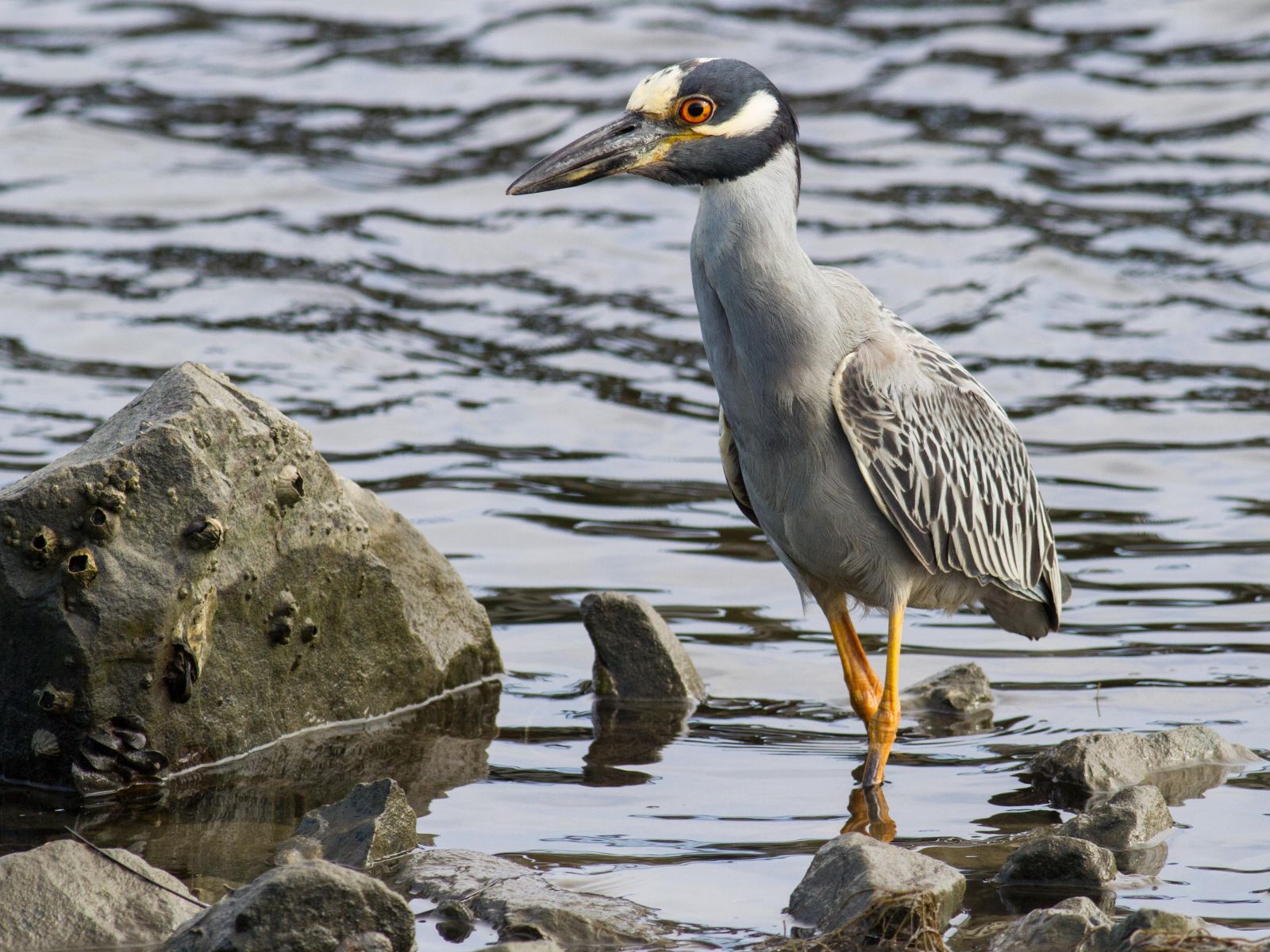
Yellow-crowned Night-Heron – San Diego River flood control channel, Mission Bay, San Diego 23 July 2013
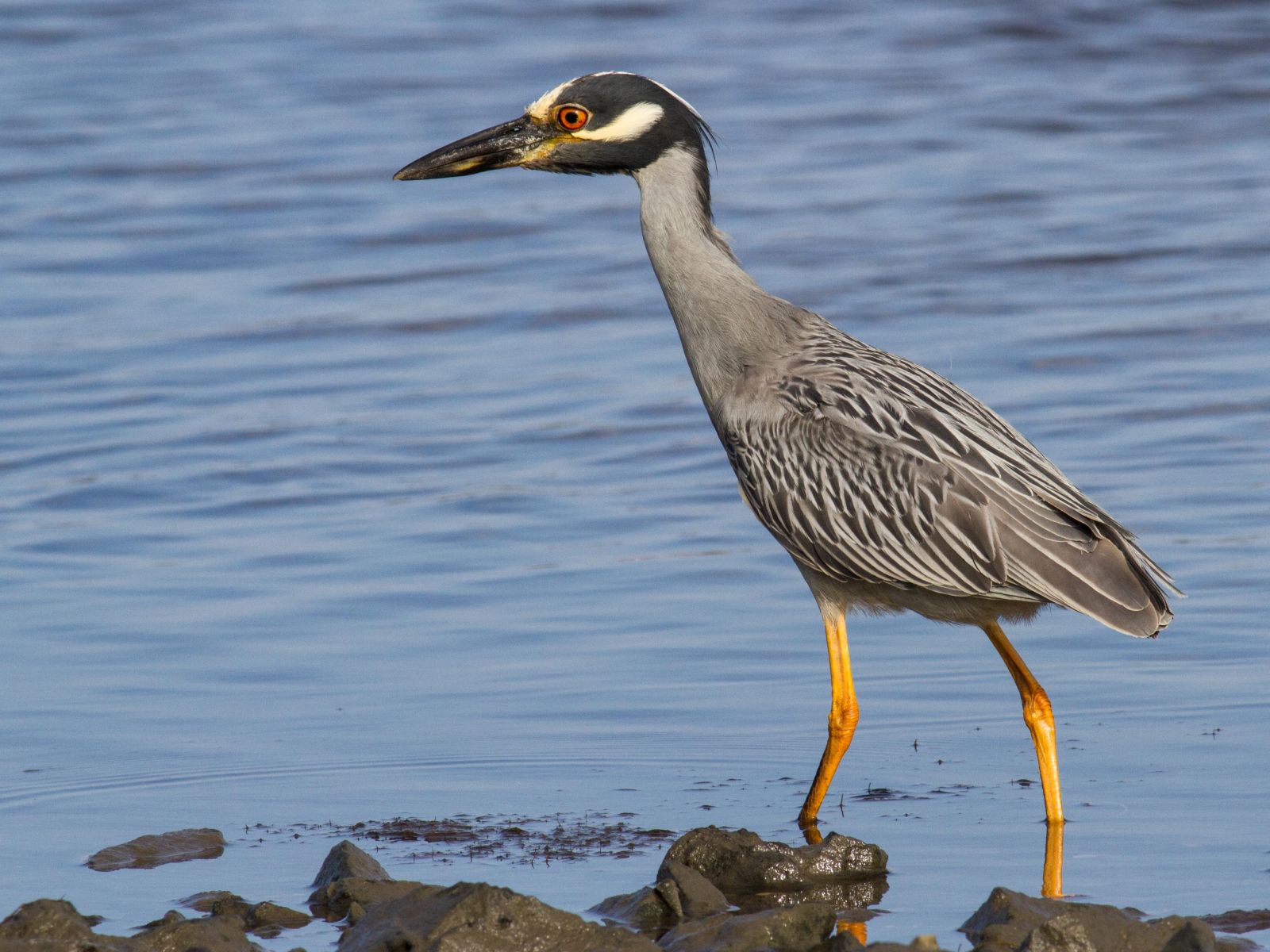
Yellow-crowned Night-Heron – San Diego River flood control channel, Mission Bay, San Diego 23 July 2013
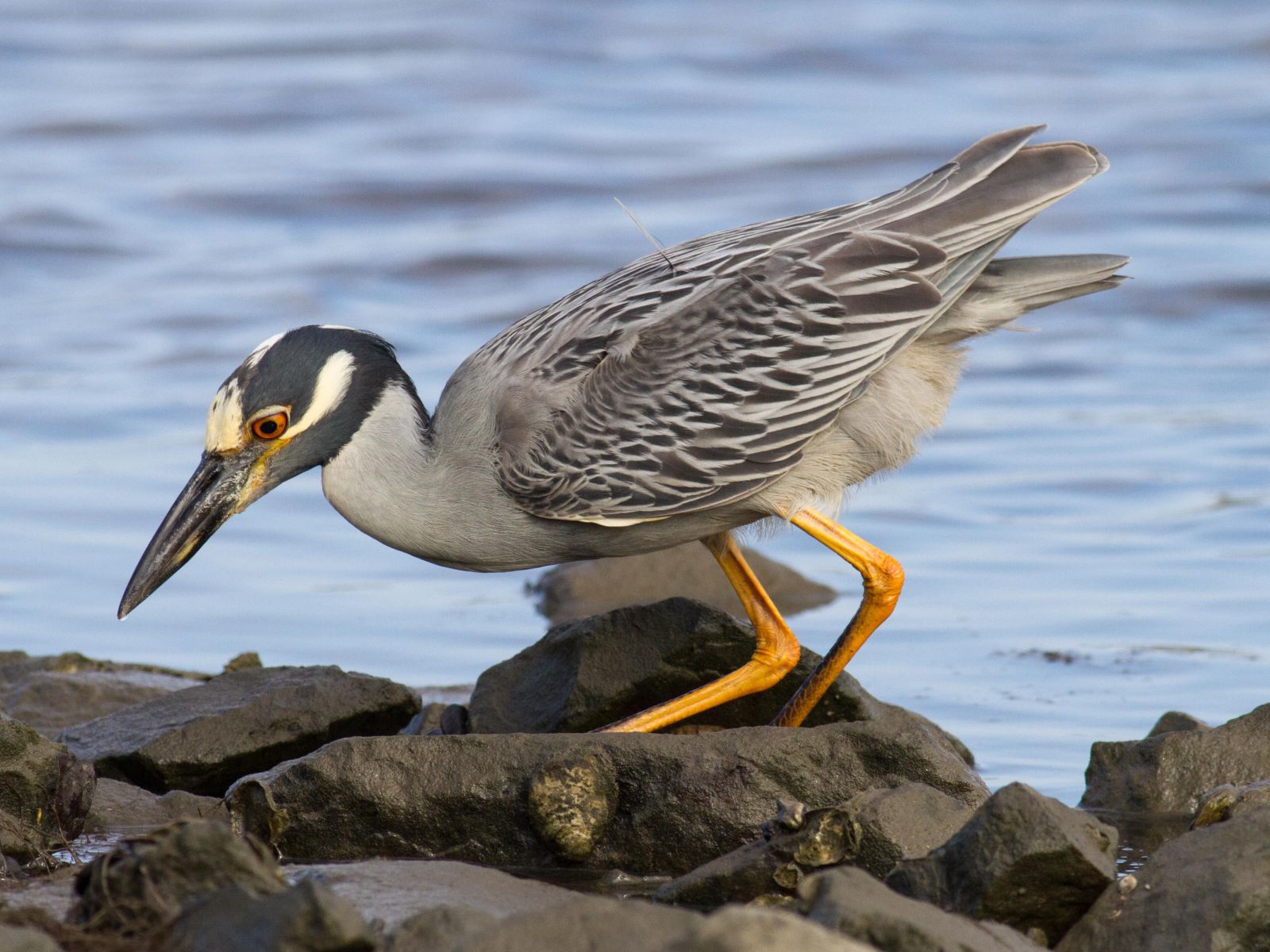
Yellow-crowned Night-Heron – San Diego River flood control channel, Mission Bay, San Diego 23 July 2013
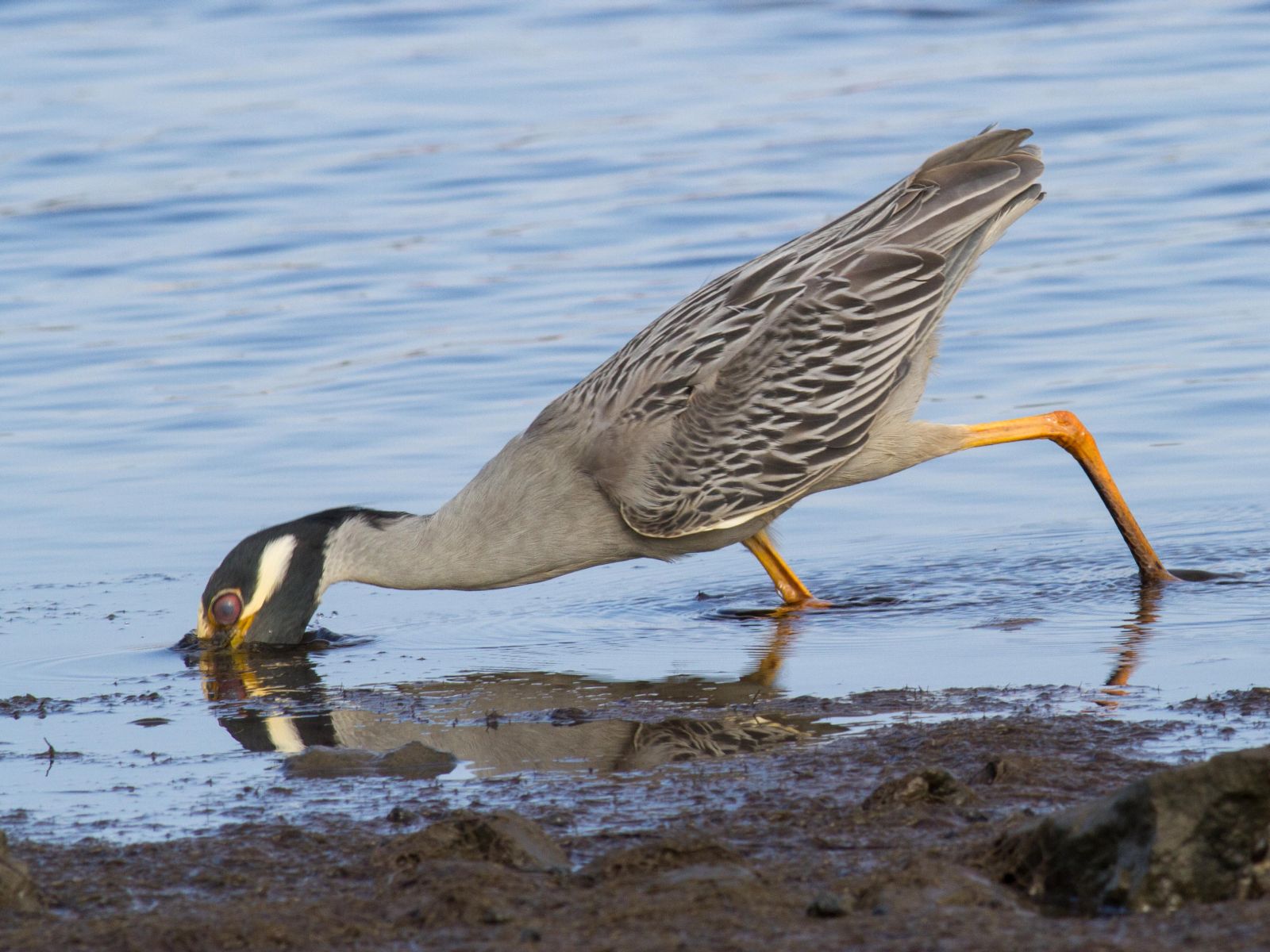
Yellow-crowned Night-Heron – San Diego River flood control channel, Mission Bay, San Diego 23 July 2013
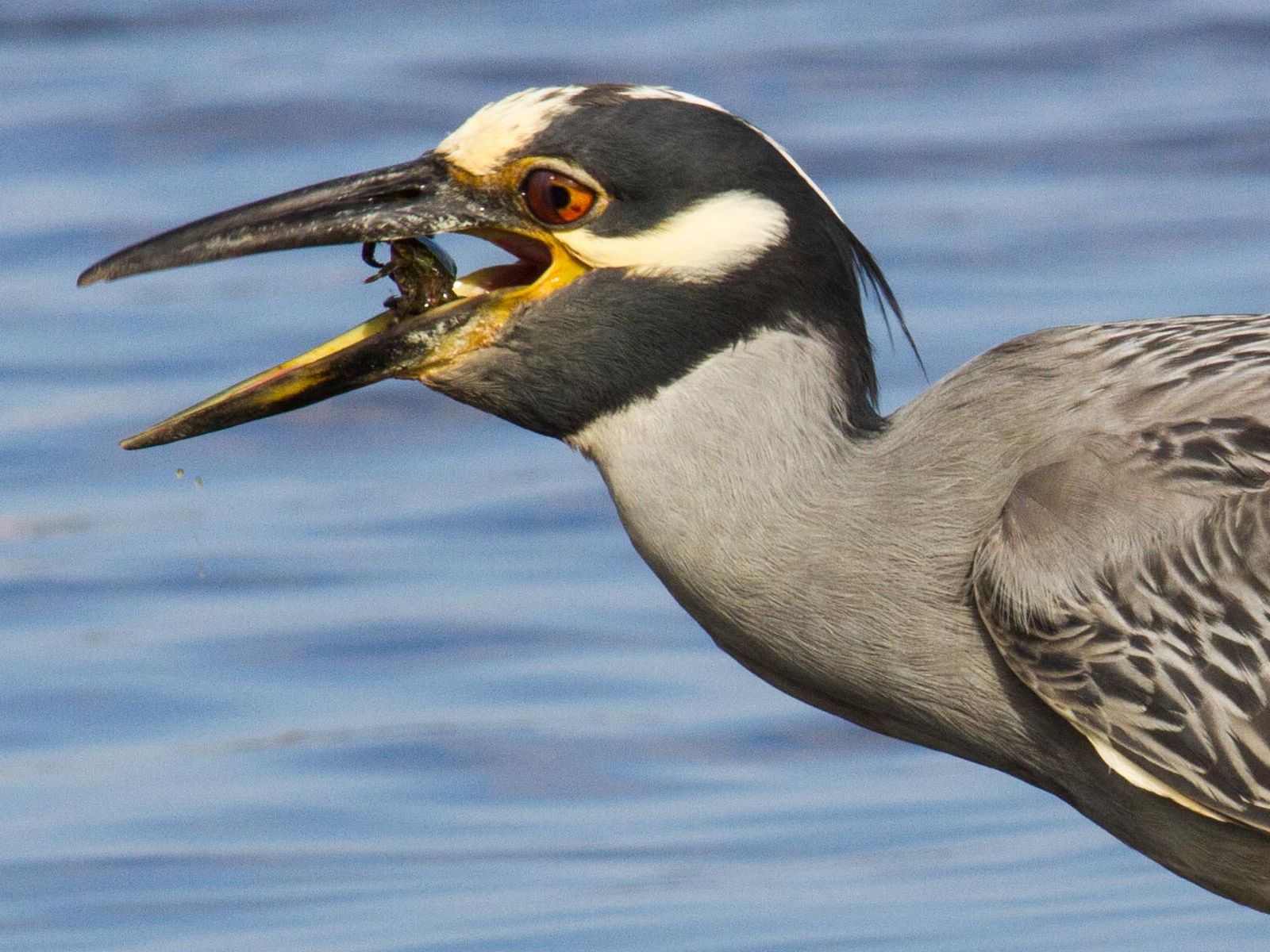
Yellow-crowned Night-Heron – San Diego River flood control channel, Mission Bay, San Diego 23 July 2013
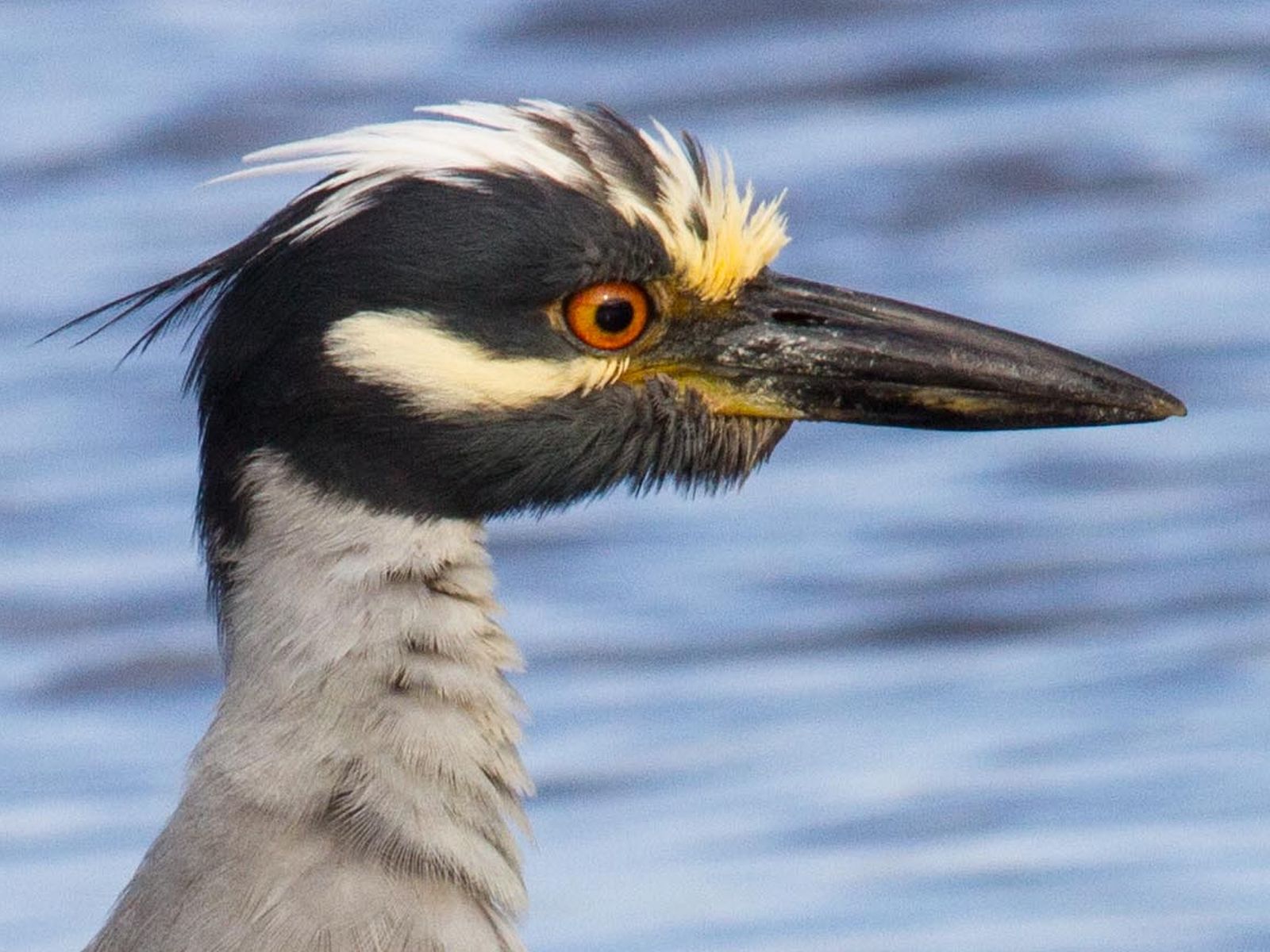
Yellow-crowned Night-Heron – San Diego River flood control channel, Mission Bay, San Diego 23 July 2013

